Since the introduction of the first-generation model in 2014, the carbon fiber Canyon Endurace CF SLX has always (intentionally) been the cycling equivalent of a Honda Accord or Toyota Camry: not necessarily the most exciting thing on the road, but an exceedingly capable, comfortable, reliable, and highly value-laden machine. It’s not an object of lust, but it’s ultimately still what a big portion of the market puts at the top of their want list and ends up buying.
It’s sort of like a really good refrigerator. And to be clear, I love good refrigerators.
Canyon has now introduced the latest redesign of its bread-and-butter road bike platform, and the German consumer-direct company wisely hasn’t rocked the boat too much. The new Endurace CF SLX is still a remarkably easy and approachable bike to ride and own, but there’s now an extra dose of performance and convenience added in, and I’ve no doubt we’ll all be seeing an awful lot of them on the road sooner than later.
The short of it: Canyon’s bread-and-butter carbon fiber endurance road bike, redesigned with aero features and a storage hatch.
Good stuff: Generally excellent ride quality, great chassis stiffness, intuitive and easy handling, comfortably relaxed riding position, convenient on-bike storage, still looks good, stellar value.
Bad stuff: Heavier than it used to be, no component size choices, limited cockpit options.
More aero, but not lighter
Canyon partnered with the aerodynamic specialists at SwissSide to make the new Endurace a little more slippery through the wind. The biggest changes include a slightly elongated cross-section (and rear wheel cutout) on the seat tube, as well as a more prominent hourglass profile to the head tube to reduce frontal area. Some of the other tubes gain a somewhat more dramatic flat-backed shape, but it’s otherwise not a huge difference.
More aerodynamic gains are likely found up front with the new CP0018 integrated carbon fiber cockpit, borrowed from the Ultimate and Aeroad family, along with fully internal cable routing (more on this in a bit). Likely less impactful is how the front disc-brake caliper is now tightly tucked into the back of the fork blade, but it’s a neat visual feature regardless.

In terms of numbers, Canyon is claiming the new Endurace will save its rider seven watts of energy when traveling at 45 km/h. Skeptics will correctly point out that Endurace riders aren’t likely to be moving that fast on a regular basis, but an important thing to remember about aerodynamic gains is that they compound over time and actually make more of a difference on the stopwatch at slower speeds. And hey, who are we to criticize if someone wants to knock a few seconds off of their annual gran fondo time, eh?
More integration and convenience
None of us should be terribly surprised to see Canyon utilizing that CP0018 cockpit here. It’s a versatile shape whose appeal is hardly limited solely to more hardcore performance models, and the 40 mm of adjustable width afforded by the unique three-piece design is undoubtedly a boon both on the product management side (fewer SKUs) and for consumers. There’s also 15 mm of easy height adjustment should you need it, although it’s worth noting you’re out of luck if you need more than that since the entire front end is wholly proprietary.
And of course, it’s clear that fully hidden routing is apparently what higher-end buyers want and expect these days.
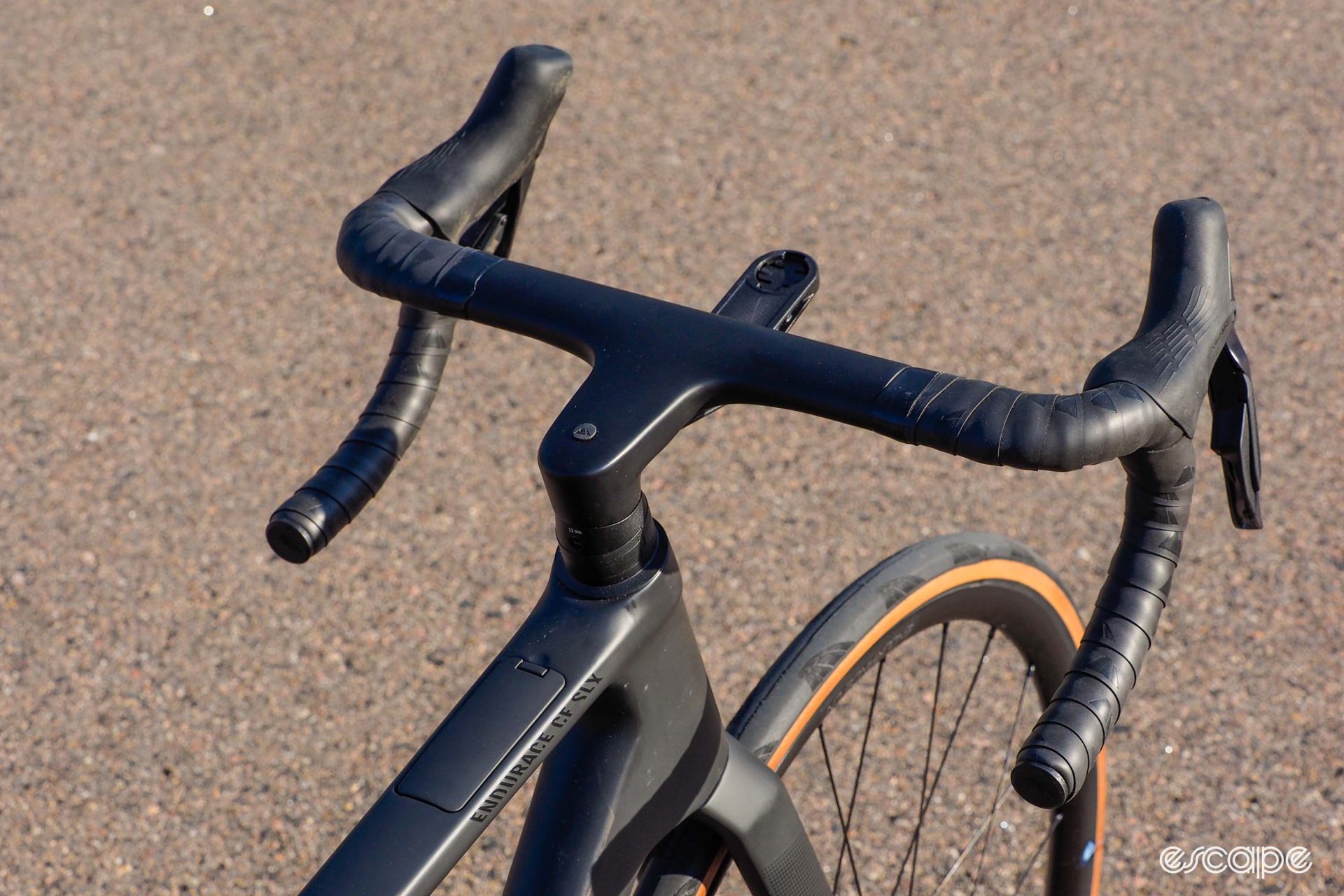
In-bike storage has been an increasingly common feature in the mountain bike space, but not so much on the road. Canyon’s new Endurace is a sign that may be changing, though, as it incorporates a neat storage compartment inside the top tube. Canyon is including a fitted neoprene sleeve with each Endurace, and although the company is leaving customers to fill each pocket themselves, there are spots for a multi-tool, tire levers, and CO2 cartridge. The pockets are sized for Canyon’s own accessories, but some others will fit, too.
Fans of bento box-style top tube bags should be aware that the new top tube storage hatch replaces the mounting holes that Canyon included on the previous Endurace. It’s still possible to install a bag there, but only with straps, and you’d then have to remove the bag to access the hatch.

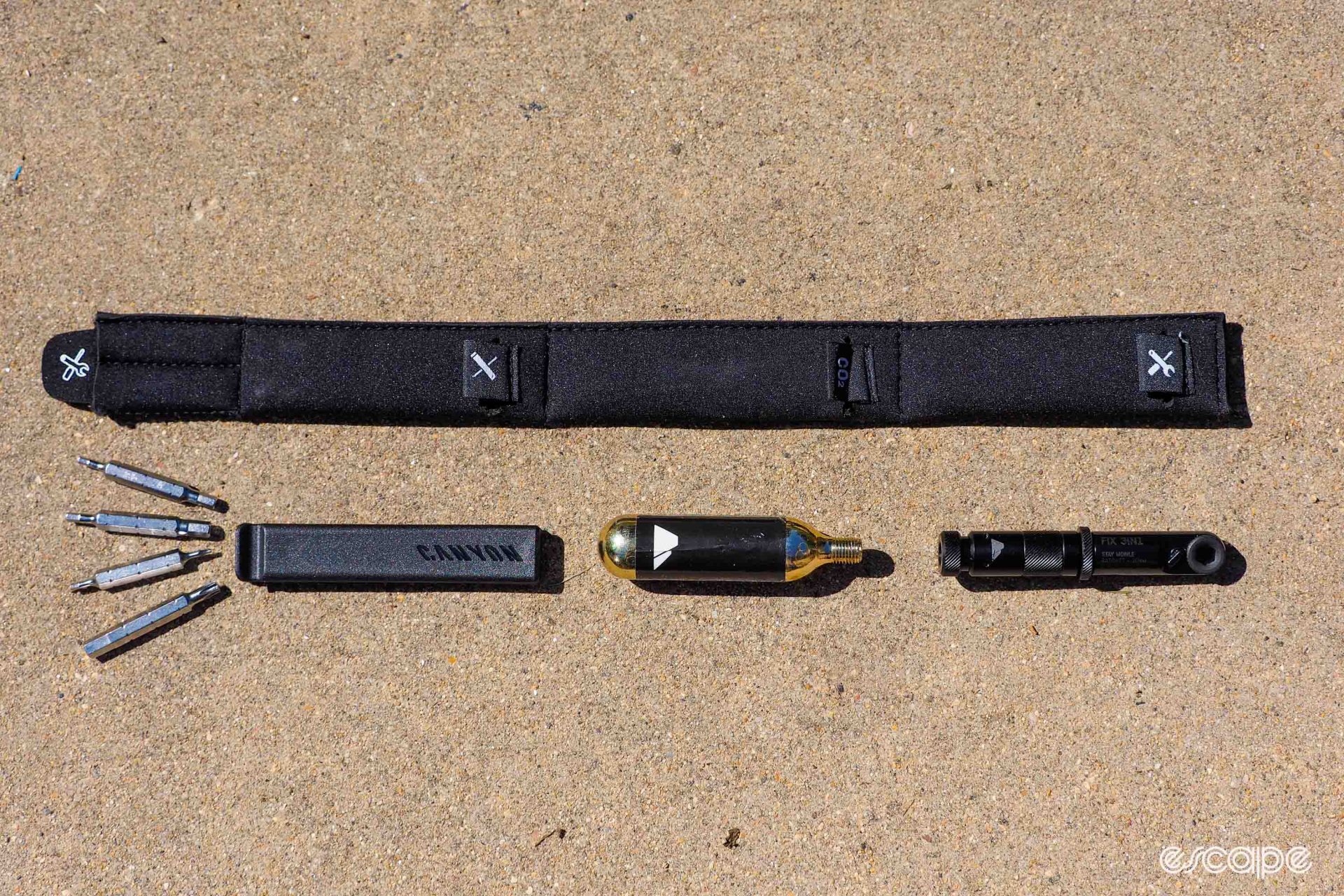
Speed and convenience at a price
Canyon has previous offered the carbon fiber Endurace at the CF SL and CF SLX levels. This time around, the base-model SL is going away once current stock is exhausted, and there’s now a fancier CFR-level frame sitting atop the new SLX. But despite what the naming scheme would suggest (Canyon usually reserves the “CFR” badge for its absolute lightest models), the new Endurace frames are heavier than the old ones.
Claimed weight for the new Endurace CFR frame in a medium size is 930 g (including paint and small parts), while the new Endurace SLX is 980 g – not bad, all things considered. But unfortunately, the outgoing Endurace SLX frame was supposedly just 820 g for the same size, and these days, making a new version of something 110-160 g heavier than the old one is a tough pill to swallow. Making matters worse, the complete bike weights are even more inflated.
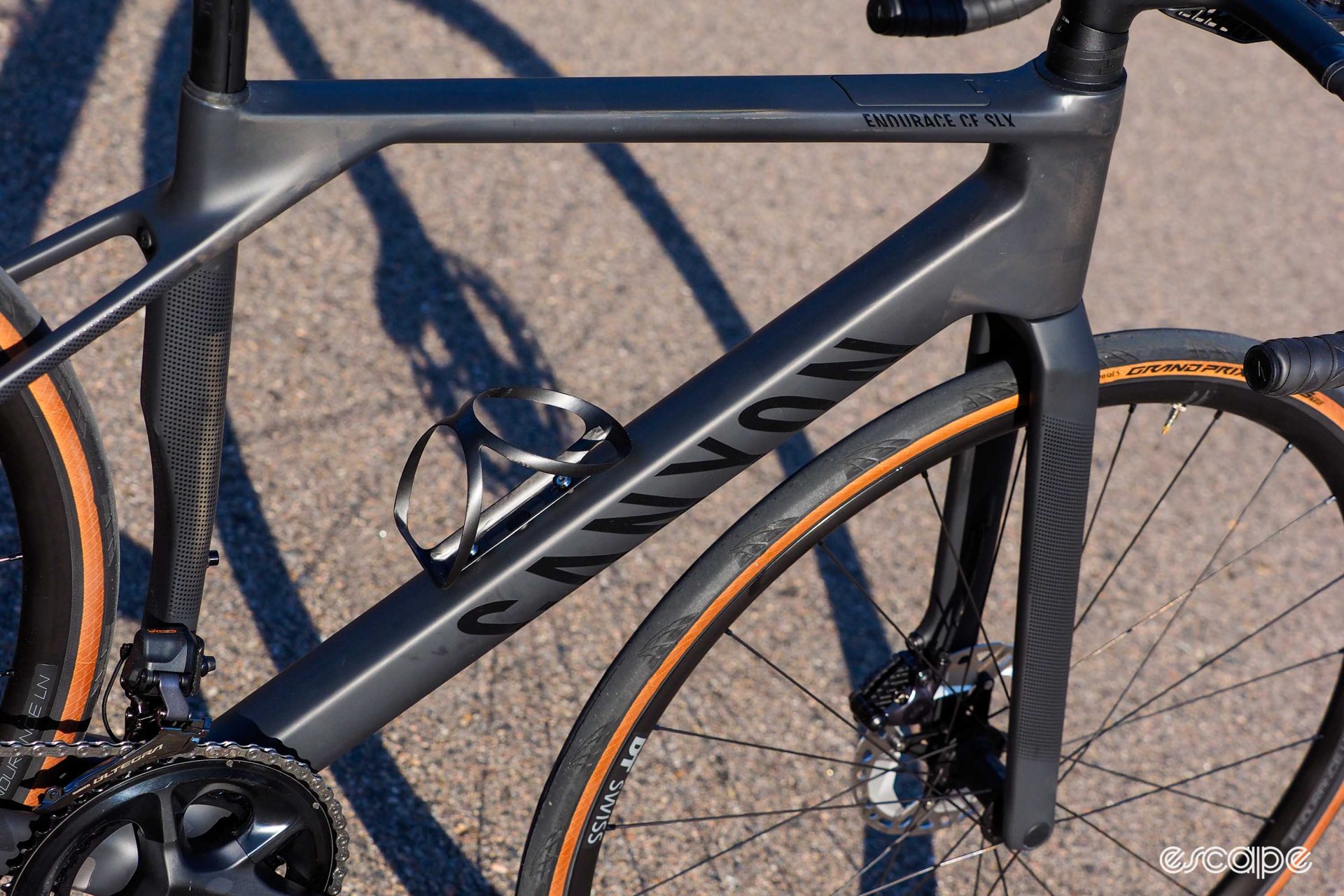
Nonetheless, Canyon insists the weight gain is a worthy tradeoff for what you get in return.
“The Endurace CFR Di2 is 500 g heavier than its predecessor, the Endurace CF SLX 9, the latter being comparable in terms of equipment (Endurace CFR Di2: 7.38 kg; Endurace CF SLX 9: 6.88 kg),” explained Canyon’s global communications manager, Ben Hillsdon. “The additional weight was a conscious investment to offer our customers a better riding experience and greater usability. For example, the CP0018 cockpit and the associated interface on the fork shaft are heavier than the conventional cockpit solution on its predecessor, but offer the unique possibility of width and height adjustment without the need to adjust the cable lengths. The storage compartment in the top tube also makes the frame slightly heavier because the tube wall thicknesses had to be increased.
“In return, though, customers can store their repair kit in a uniquely elegant way (and save the weight of a saddle bag, by the way). The aerodynamic optimization of the frame has also made the frame a bit heavier, as can be seen from the increased use of material, especially on the seat tube. The bottom line is that the new Endurace may be a bit heavier than its predecessor, but in terms of its unique features, improved riding experience, and the associated greater complexity of the frameset, it is still an extremely light bike, especially in comparison with its direct competitors.”
The new Endurace CF SLX and CFR join the previously updated (and subtly different) Endurace CF and Endurace Al models that were updated in 2022.
Otherwise still the same Endurace you know and love
Aside from the mild aero tweaks, the new (to the Endurace) cockpit, and the nifty storage compartment, much of this latest-generation bike will feel very familiar.
Ride quality was supposedly still very high on the priority list for the frame’s designers, as evidenced by the slim seatstays and flattened top tube. Even Canyon admits the majority of a road bike’s comfort doesn’t come from the frame and fork, however, and so the new Endurace carries on with Canyon’s excellent VCLS leaf-spring seatpost, which offers a remarkable amount of flex over various road imperfections. Tire clearance is also unchanged with Canyon saying tires up to 700×35 mm-wide will fit; tubeless-compatible 30 mm front and 32 mm rear tires are installed stock (valve stems and sealant are included), and there’s most definitely a lot of room to spare.
Frame geometry hasn’t changed much, either.
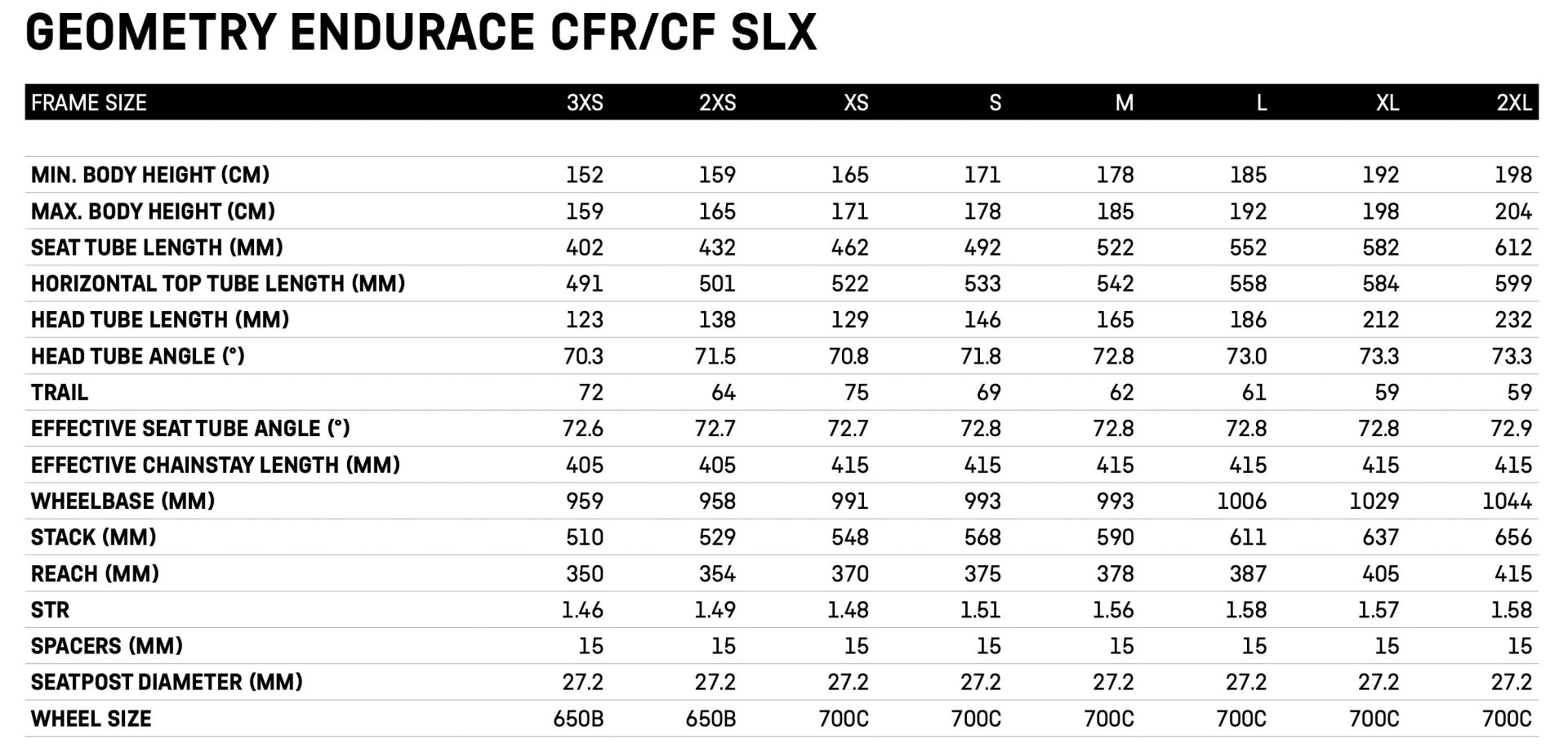
Canyon is still offering the new Endurace is seven sizes, roughly covering rider heights from 1.52 m (5’ 0”) up to 1.98 m (6’ 6”). Stack and reach progression is more linear across the size range, but changes are small throughout, and prospective buyers should still expect to find comfortably – but not dramatically – upright positions. It’s a similar story with the handling, which remains more stable than what you’ll find on the Ultimate or Aeroad, and more conducive to casual cruising.
Models and pricing
Canyon will offer up to eight different Endurace models, depending on region, all of which are supposedly available now (at least in limited quantities). As usual, the price points are exceptional for what you get as compared to legacy brands with more traditional brick-and-mortar (or even omnichannel) distribution networks, and it’s worth pointing out that – curiously enough – all but the most expensive Campagnolo Super Record WRL-equipped model comes standard with a power meter.
Model, price, and claimed weight breakdowns are as follows (Australian pricing is to be confirmed):
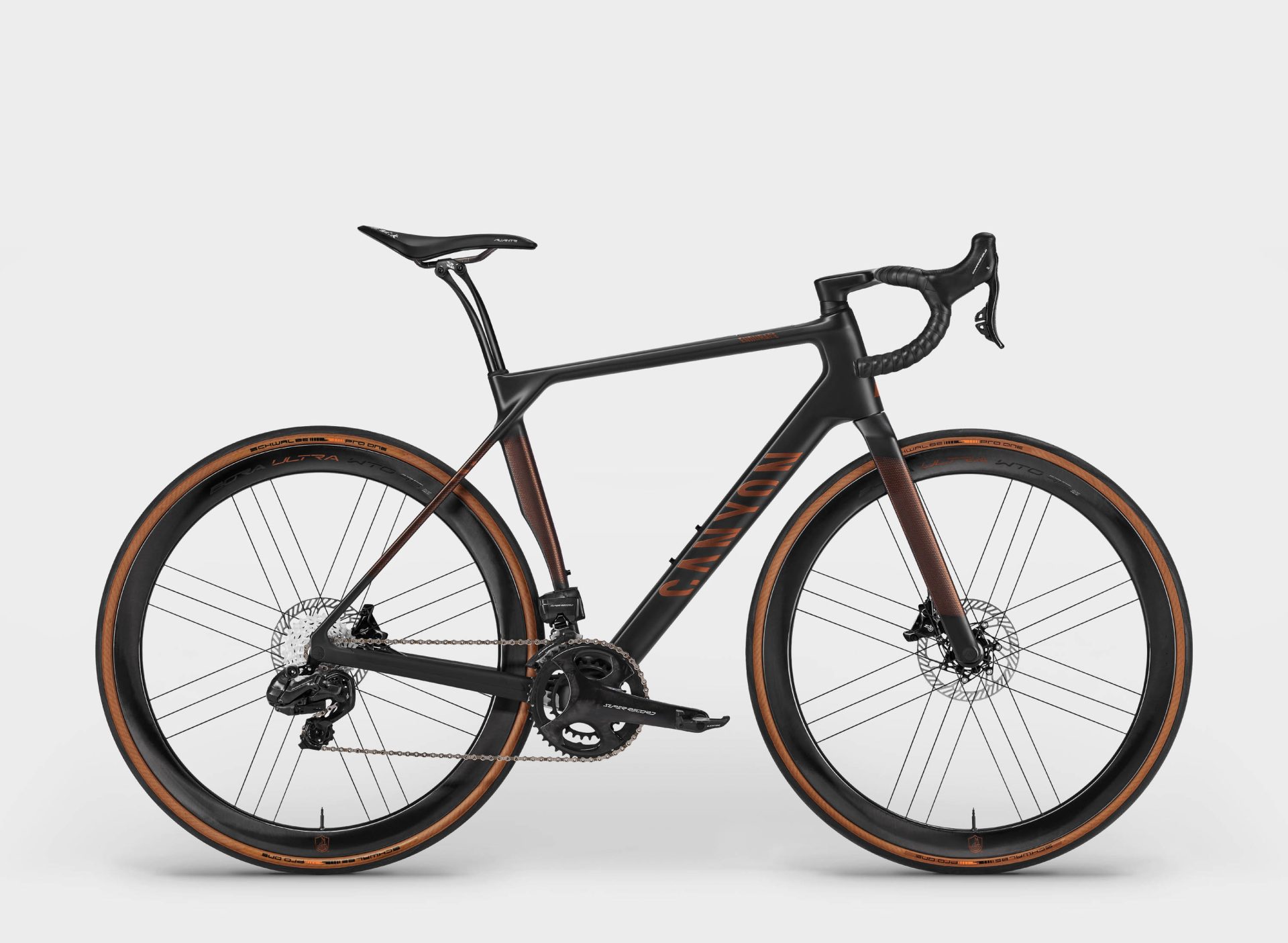

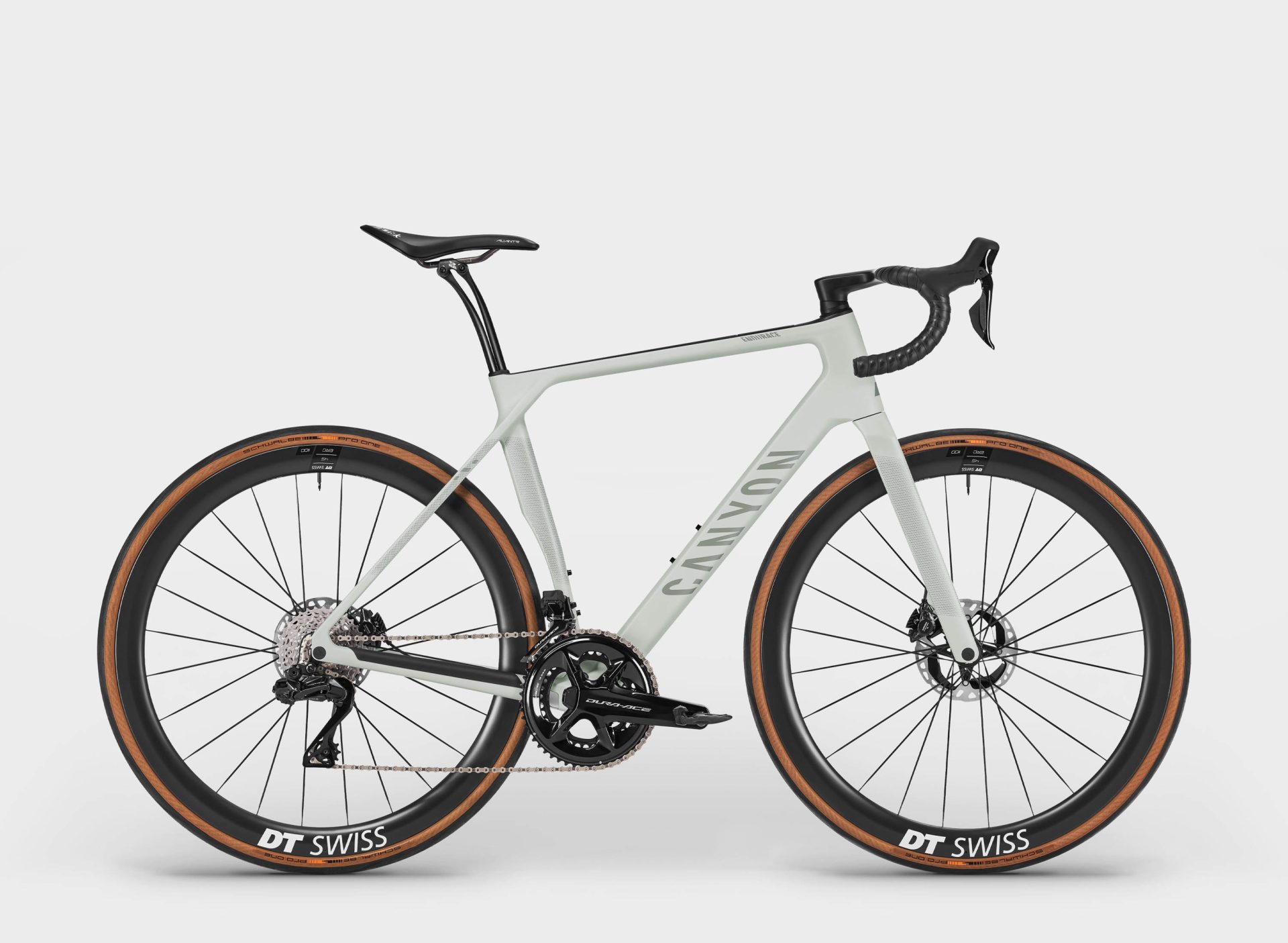
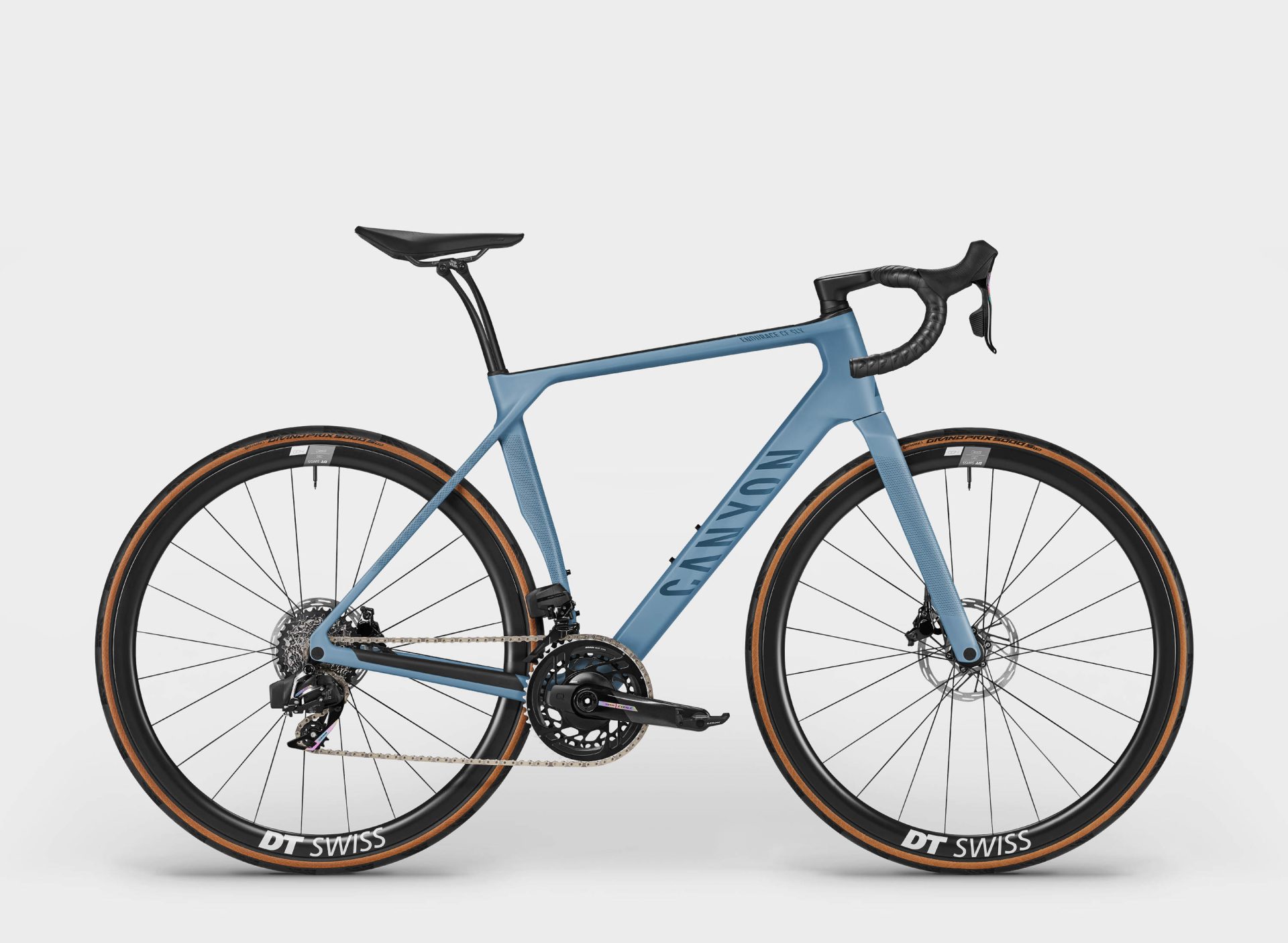
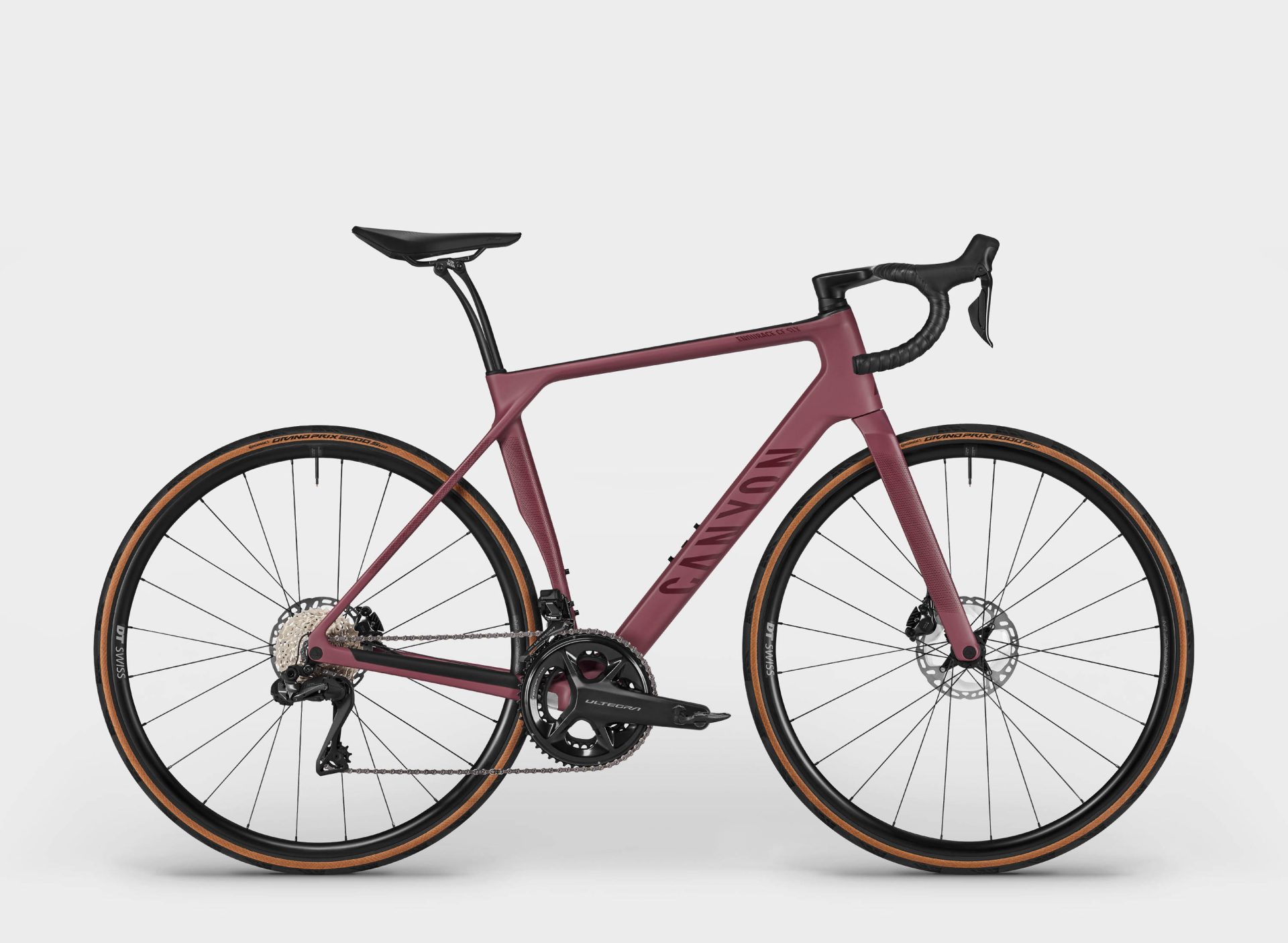

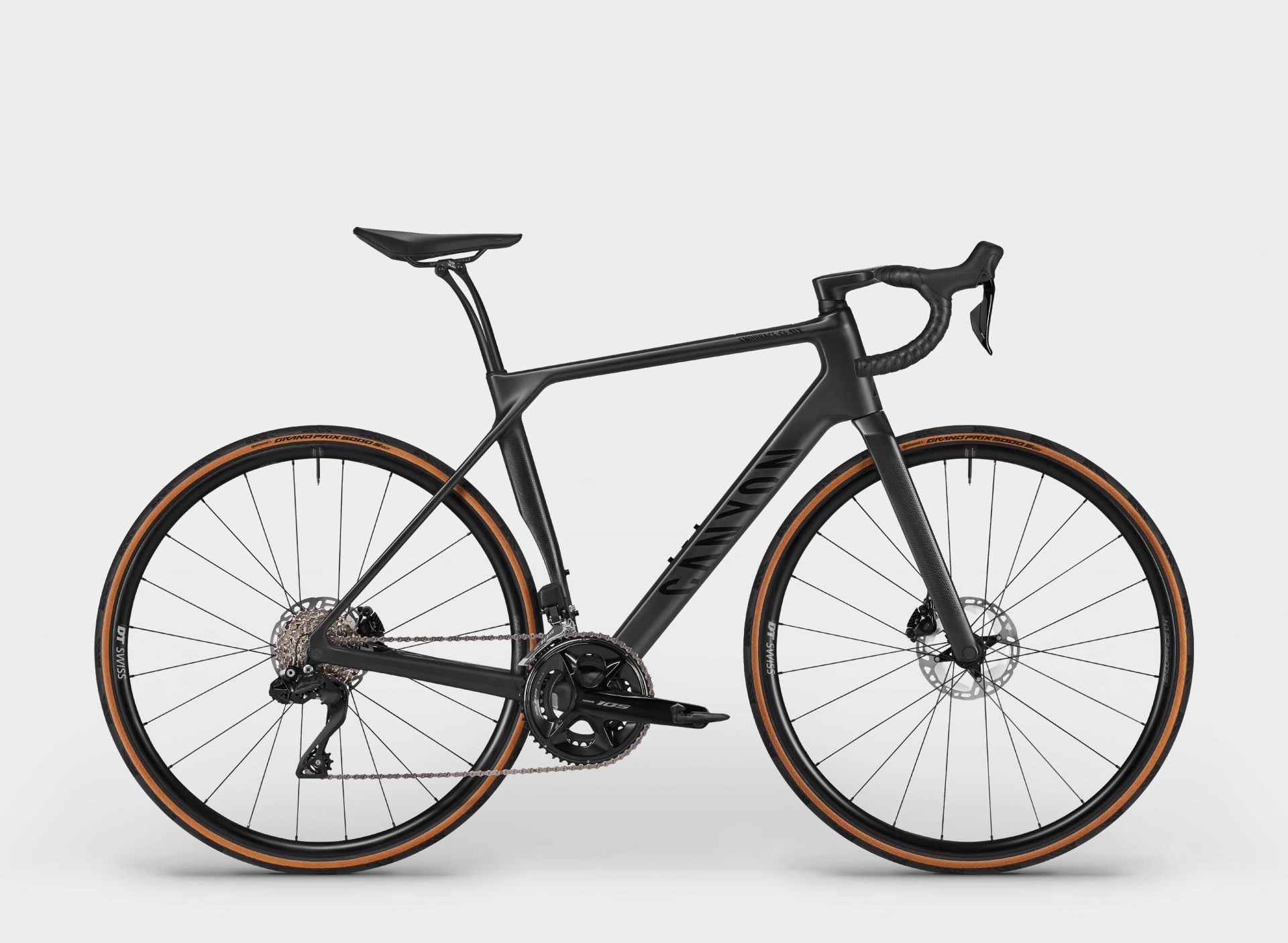
(Not pictured is the Endurace CF SLX 8 Aero, which features the same spec as the Endurace CF SLX 8 Di2, but with an upgrade to DT Swiss ERC 1400 carbon wheels. Claimed weight is 7.8 kg (17.20 lb) and retail price is US$5,500 / £5,000 / €5,200.)
Ride report
You know that feeling of coming home after a long day of work and collapsing into your favorite spot on the couch? Riding the Endurace is a lot like that. It’s comfy and familiar, and where you go to unwind, not to get amped up.
Rear-end comfort is superb between the high-volume 32 mm-wide tire (which inflates to 33 mm) and cushy VCLS seatpost. Potholes almost disappear from pockmarked roads, good dirt roads feel like tarmac, and good tarmac feels like glass. It’s so, so smooth.
The frame geometry fosters a relaxing day, too, with the taller stack promoting a more upright posture that almost goads you into looking around and taking in more of the scenery, and the mellow trail dimension gently arcing its way through corners without ever feeling like you need to think too much about it. If your goal in life is to remove sources of stress, this seems like it’d fit right into that strategy.
That’s not to say the Endurace feels slow, however.

Canyon (refreshingly) sent a mid-range model for me to review, not a flagship version. Even so, actual weight for my small-sized Endurace CF SLX 8 Di2 tester was a very competitive 8.02 kg (17.68 lb) without pedals or accessories (but set up tubeless). Although most wouldn’t consider that a featherweight, it’s still plenty light, and it feels like it out on the road. Between the modest weight and excellent chassis stiffness, it’s eager to accelerate, and particularly snappy when heading uphill. Is it a 6 kg Specialized S-Works Aethos? Well, no, of course not. But it’s not fair to compare this to something like that, either.
As for the aero thing, I can’t really say that I noticed much of a bump in speed, particularly since I didn’t have a previous-generation model to compare back-to-back. That said, my test bike was equipped with shallow-section DT Swiss Endurance LN aluminum wheels, anyway, so I wasn’t expecting much of one. But you know how the saying goes: look good, feel good, do good, and I suspect for many prospective buyers, just the idea that you might be going faster on this thing than you might otherwise will suffice.

There are some lumps in the couch, however.
Although the rear-end comfort was superb, I unfortunately can’t say the same for the front. Having ridden that CP0018 cockpit on all three models Canyon now uses it on, I stand by my earlier assertions that while it looks neat, it also comes with a rather stiff ride quality that goes against what the Endurace is supposed to be all about. It doesn’t help, either, that Canyon specs a slightly narrower 30 mm tyre up front.
Some previous generations of the Endurace got their own integrated cockpits that were more focused on comfort (either in terms of how they fit in your hands, or how much flex they offered). Could that not have been done here? And given the three-piece design of the CP0018, could Canyon not have softened up at least one of the sections? I love the shaping of the CP0018, and for the Ultimate and Aeroad, I enjoy the stiffness of it, too. But on the Endurace, it feels like it just doesn’t quite fit the personality of the rest of the bike.
“Whilst comfort remains one of the Endurace’s hallmarks – in fact, with the tire options and our VCLS seatpost, we rank it as our smoothest ride ever from a Canyon road bike – aero optimization was also a key principle in designing the new Endurace,” Hillsdon argued. “This is the reason it features the CP0018 Aerocockpit, which has a slim front surface, aero-optimized tube profiles, clean integration of all cables, and has a directness in terms of handling. We think we’ve struck the right balance between stiffness and comfort with the CP0018, especially since most comfort these days comes from the tires, anyway. If someone feels that the cockpit is too hard, they still have plenty of options for fine-tuning by adjusting their air pressure, tire width, or handlebar width.”

Speaking of fit, though, Canyon unfortunately still (still!) doesn’t allow buyers to select their cockpit sizes during the ordering process. Canyon has historically at least offered its integrated cockpits separately so that it’s possible to make a change after the fact, but that comes with a big price tag and a big headache (and as of right now, I don’t see the CP0018 cockpit available on the site, either). Please, Canyon, figure this out.
I still don’t understand why Canyon requires a separate (and proprietary) tool to preload the headset bearings with the CP0018, either. It’s not a dealbreaker once you have everything set up the way you’d like, but unless you carry the tool with you somewhere, it’s impossible to make minor tweaks out in the field (how many of you have taken multiple tries to get your stem perfectly straight?). If this were my bike, I’d likely try to find an appropriate sized (M4, I believe) countersunk bolt to leave in there full-time.
I have mixed feelings about the storage compartment, too. I’m all about integrated on-bike storage, and there are a lot of things I like about how Canyon has done it here. It’s reasonably capacious, it’s visually unobtrusive, and it doesn’t add much weight since adding a hatch in the top tube doesn’t require as much reinforcement as putting it in a more highly stressed down tube. But those more cramped quarters also don’t leave enough room for one of the most critical elements of a roadside repair kit – a spare inner tube – meaning you still have to strap it somewhere on the outside. Granted, the self-sealing capabilities of modern tubeless setups make tubes less mandatory than they used to be, but it’s still a good idea to bring one.
As for the neoprene sleeve, I didn’t have any issues with it myself (including rattling) during any of my test rides on paved and decent-quality unpaved roads. However, my former colleague, Ben Delaney (of The Ride with Ben Delaney fame) managed to shake one of the tool bits loose over some nasty washboard during a group gravel ride, and his neoprene sleeve now also has a little hole in it from sustained vibration. Something to keep in mind for sure.
Build kit breakdown
Most of the build kit on my Endurace model was very straightforward, so there’s not much to note there.
Shimano’s latest 12-speed Ultegra Di2 stuff is simply fantastic. Shifts are conspicuously fast and very reliable, and kudos to Canyon for combining compact chainrings with the wider-range 11-34T cassette for an easy-climbing 1:1 low gear. Canyon’s choice of 172.5 mm-long crankarms seems odd to me, though, given the “small” frame sizing and the trend toward shorter crankarms.
“Looking back over the last 10 or more years, 172.5 mm-long cranks were the standard length for sizes from S to L,” Hillsdon said. “So far we don’t have feedback from customers that suggests we should change this. Of course, though, we’re aware of the general trend towards shorter cranks. However, we believe that it could be more of a problem for customers who have been in the sport for a very long time if cranks are shorter than they prefer, than it is a problem for more progressive riders if the crank is longer than they prefer. Let’s not forget that we speak about a difference of only 2.5 mm here, and that with size S we are exactly at the border where opinions differ on whether 170 or 172.5 mm is the optimum.
“We made a conscious decision to go for 172.5 mm cranks from size S to L for those reasons, but that’s not to say that crank lengths at Canyon are set in stone forever. If we find out that customers tend towards shorter cranks, we can react accordingly.”
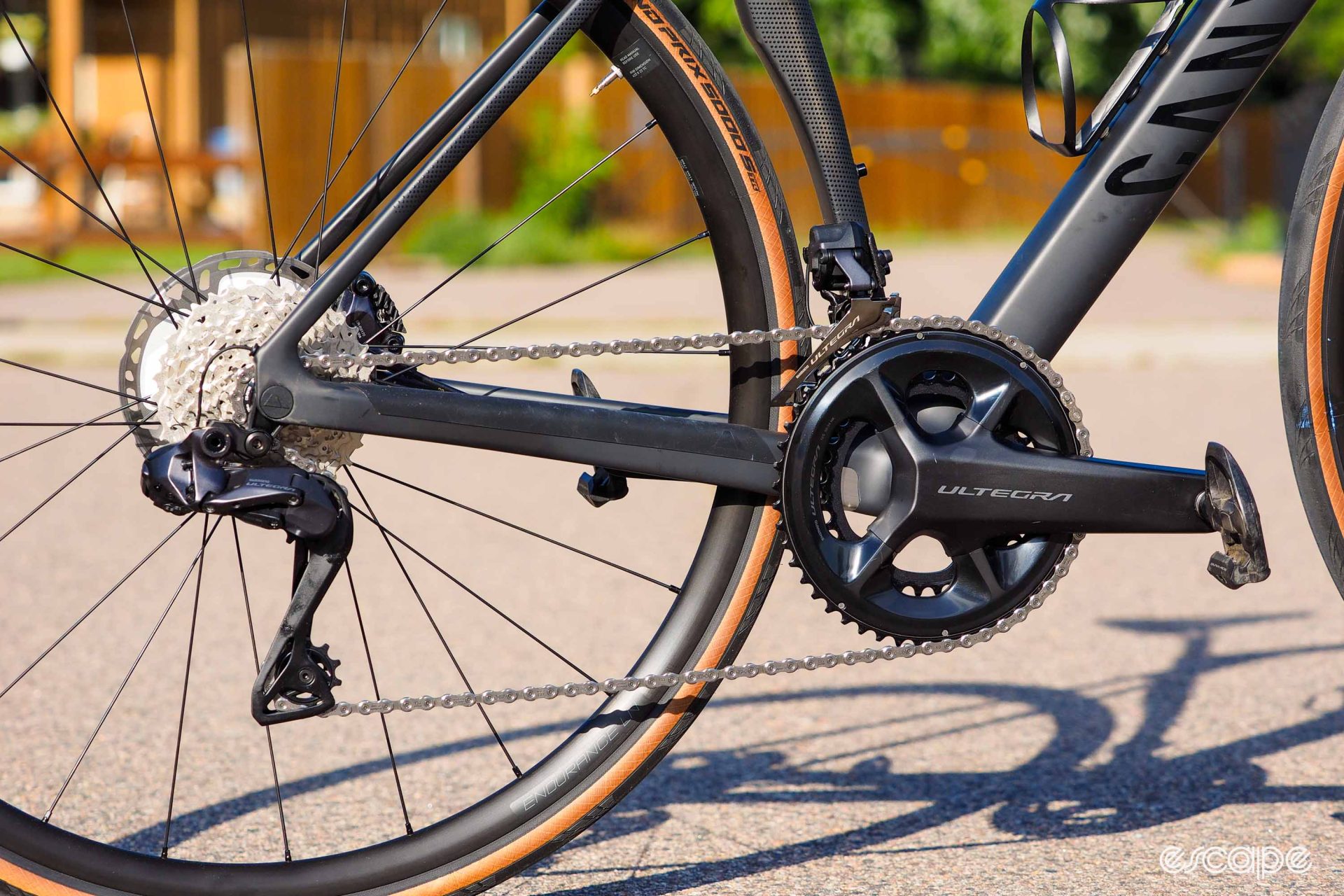
Shifters come pre-configured from the factory set to Shimano’s easy-to-use Synchro Shift mode, which still allows for full manual shifting, but automatically shifts the front derailleur as the system sees fit in order to maintain a straighter and more efficient chainline. More seasoned riders might still prefer a more manual setup lest they be caught off-guard with an unexpected double shift, but my hunch is delivering the bike in Synchro Shift mode probably makes sense here. Either way, it’s very easy to customize using Shimano’s e-Tube app.
The hydraulic disc brakes can feel somewhat grabby at first, but they’re powerful and easy to control. They squeal when wet or hot, however, and the seemingly tighter clearances are more prone to rubbing than SRAM calipers.
The DT Swiss Endurance LN aluminum wheels are nothing special with their 22 mm internal width, 23 mm section depth, round straight-gauge spokes, and middling 1,900ish-gram weight. They thankfully feel lighter than that on the road, however, and while the conventional pawl-type freehub is slow to engage, that’s not a big deal on the road. I was a massive fan of how utterly quiet it was, however, and it’s not until you’ve gotten back on a bike with a silent freehub that you realize how much more peaceful it is.
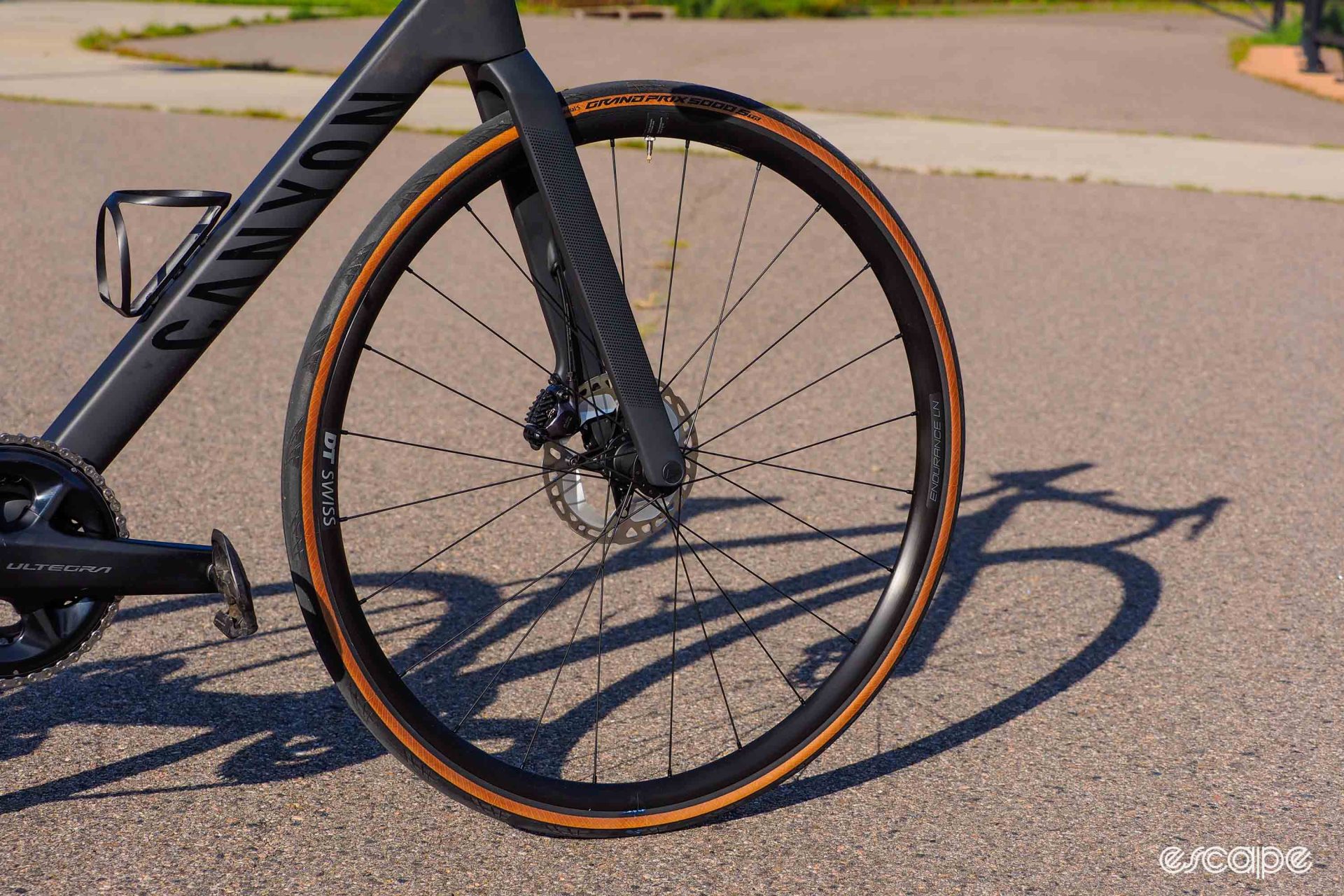
I’ve nothing but praise for the Continental GP5000 S TR tubeless tires Canyon has paired with them, too. They’re wonderfully fast-rolling and supple, offer stupendous cornering grip, and seal readily for quick and reliable tubeless setup. Like any high-end road tire, they’re not likely to last for too long, but I’m still happy Canyon saw fit to include such nice rubber on an endurance road bike like the Endurace. Tires are everything, and someone at Canyon recognizes that.
I wish someone at Canyon would devote more energy to build quality, however, particularly given the brand’s consumer-direct business model.
Both the front and rear derailleurs on my test bike needed to be readjusted before I could ride it (the front derailleur threw the chain to the outside almost immediately), the rear brake caliper rubbed slightly on the rotor, and the stem was laughably off-center. I’d argue the levers were mounted a little too low on the bar, too, and although the way they were angled inward is perhaps en vogue for aero weenies looking to save every watt, I think the casual riders that are more likely to be purchasing an Endurace would prefer a more conventional installation.
All of that was thankfully easy for me to fix, but that wouldn’t be the case for the majority of buyers.
On the plus side, I applaud Canyon for eliminating so much disposable packaging materials from its shipping boxes. Save for a few bits of (mostly recyclable) plastic, it’s nearly all corrugated cardboard.
Soldiering on
Canyon has tangibly improved its bread-and-butter Endurace model, giving it a modest boost in speed, a very handy storage bin, and arguably a little bump in aesthetics to boot. As before, it’s an impressively competent and sporty setup for riders to cover a lot of distance over a decently wide range of terrain, and despite my reservations about the ride quality of the integrated cockpit, I can’t deny the new Endurace is still a very, very comfortable bike overall.
Do I see room for improvement? Sure. Would I have done everything this way? Probably not. But then again, Canyon probably has a better handle on its customers than I do, and I’ve no doubt Canyon is not only going to sell a ton of these, but that the vast majority of buyers will be happy with their purchase.
More information can be found at www.canyon.com.

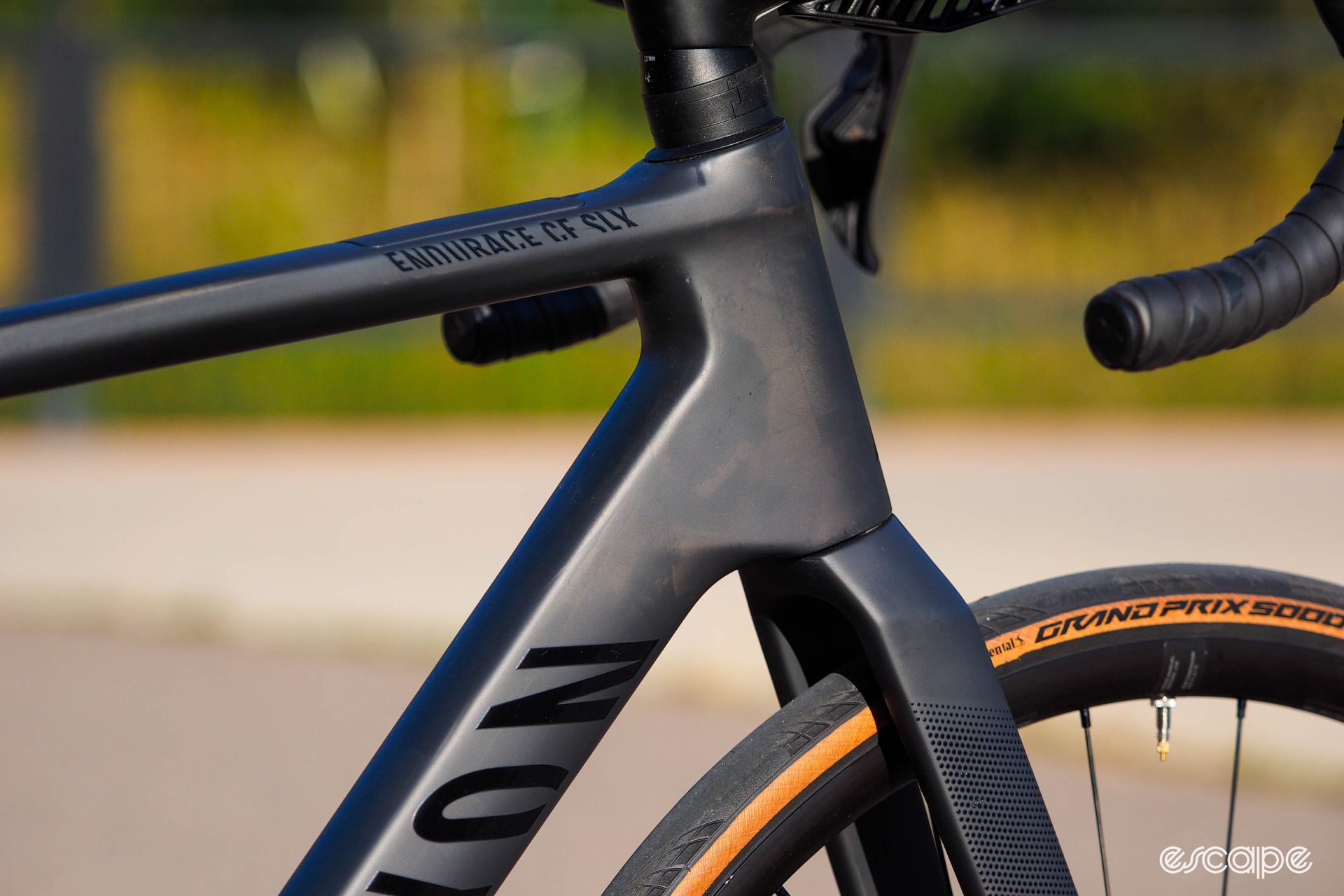
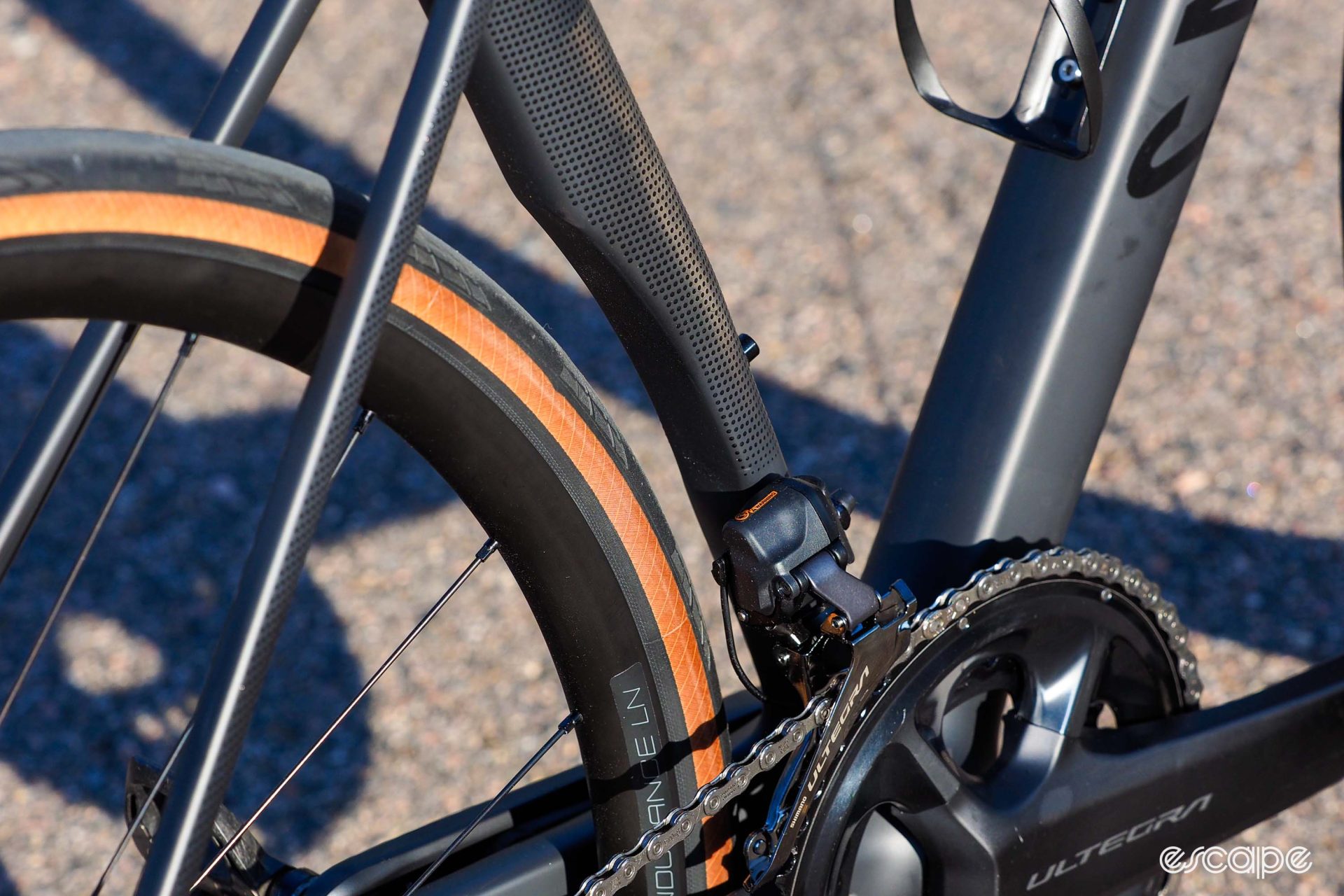

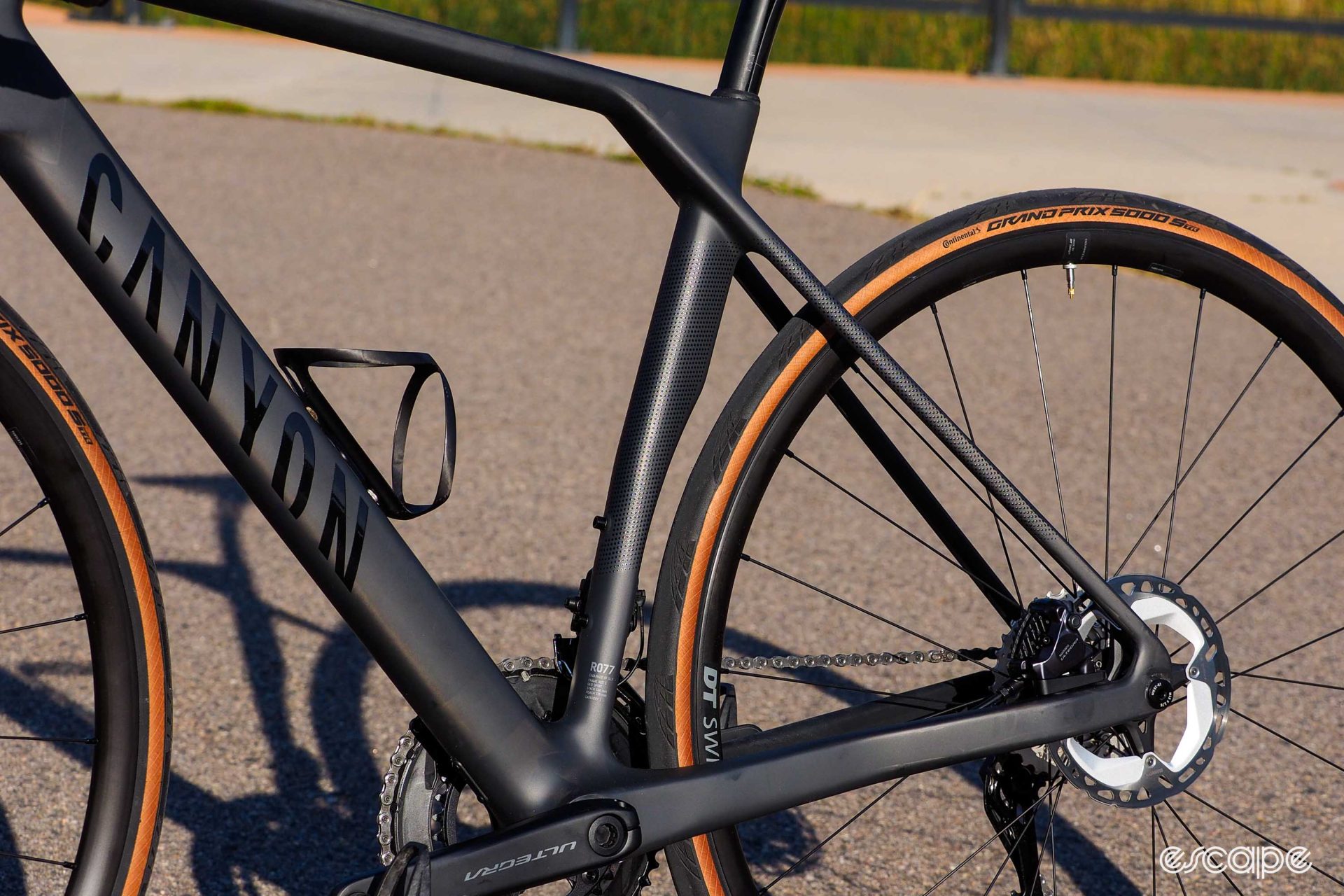
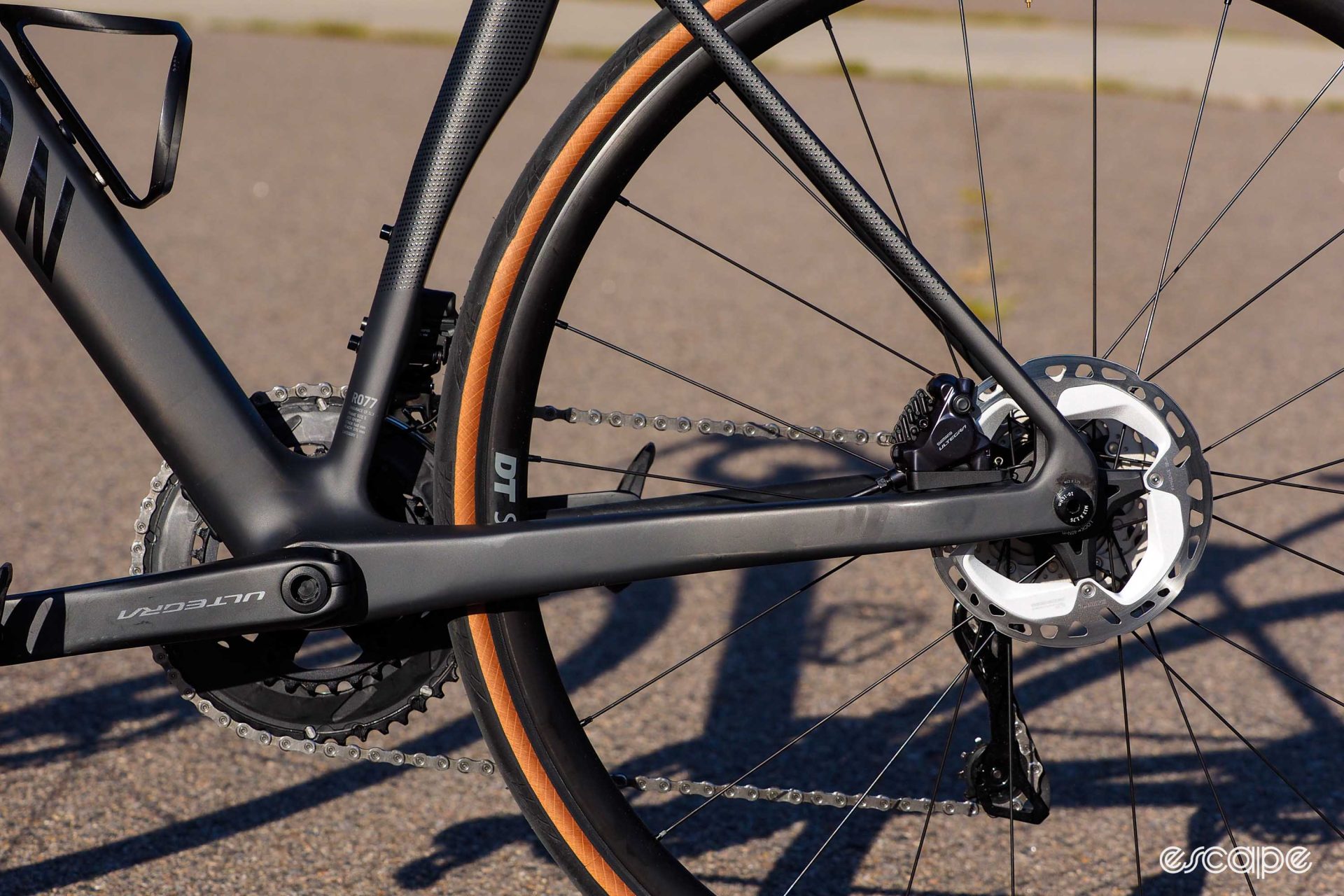
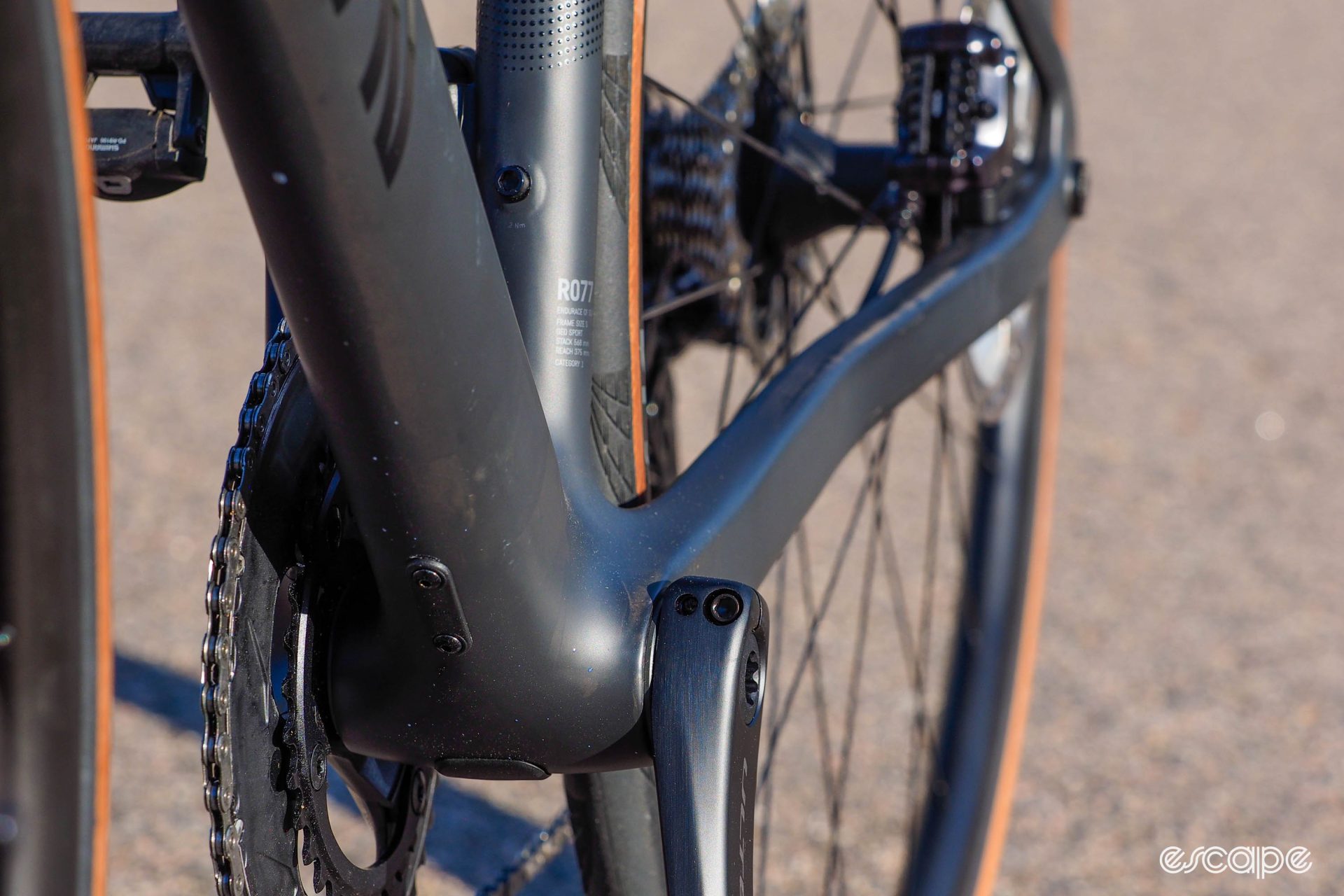

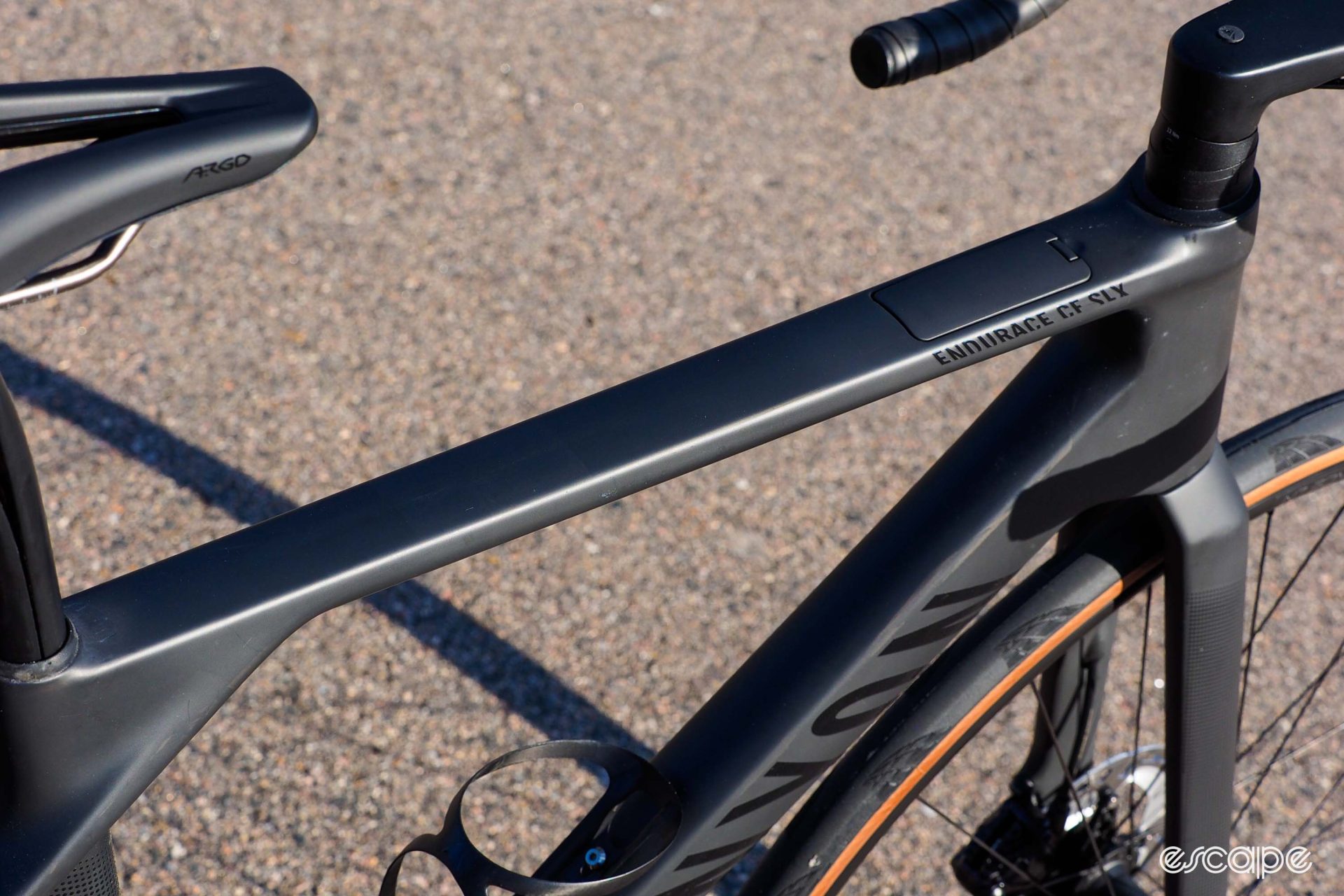
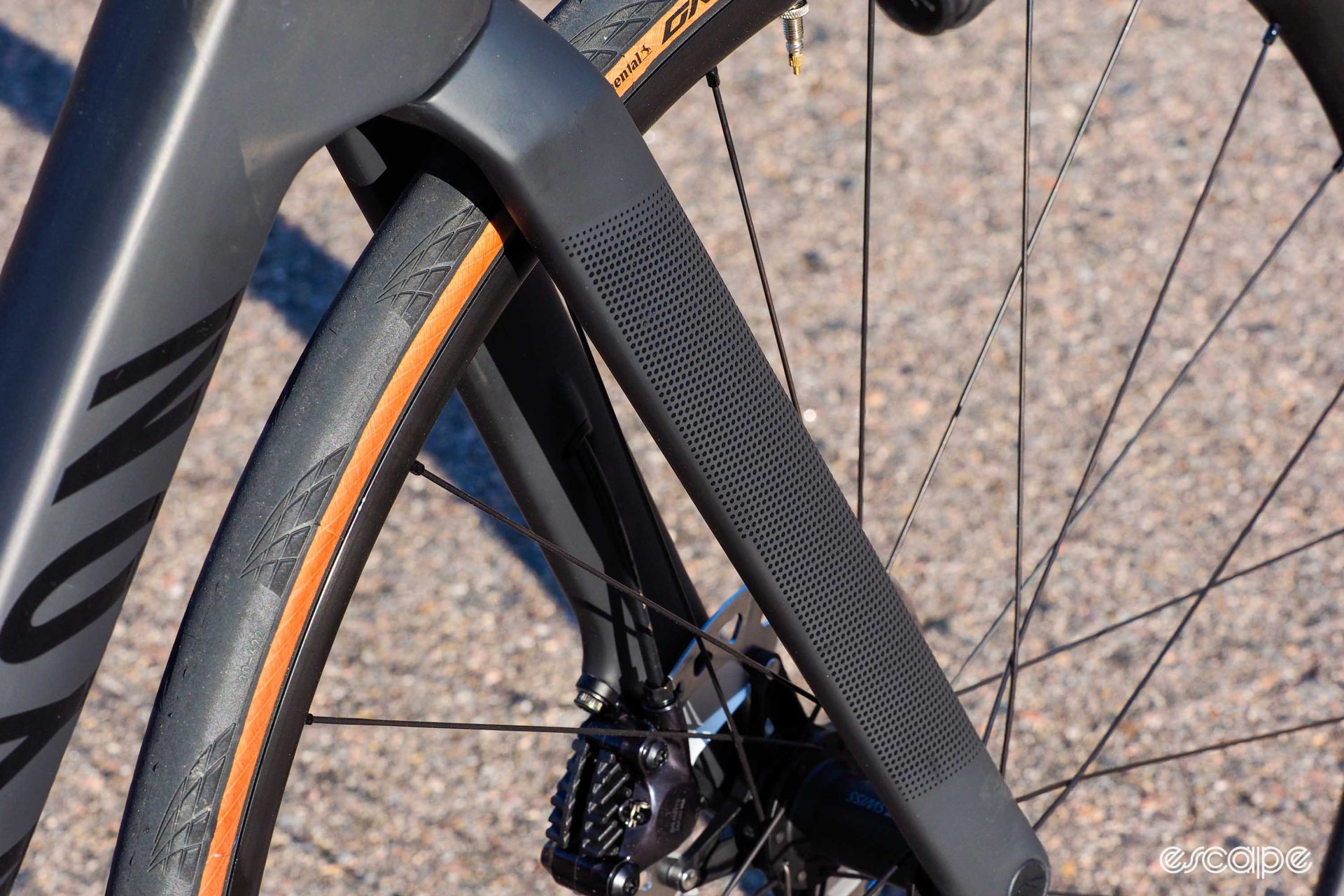
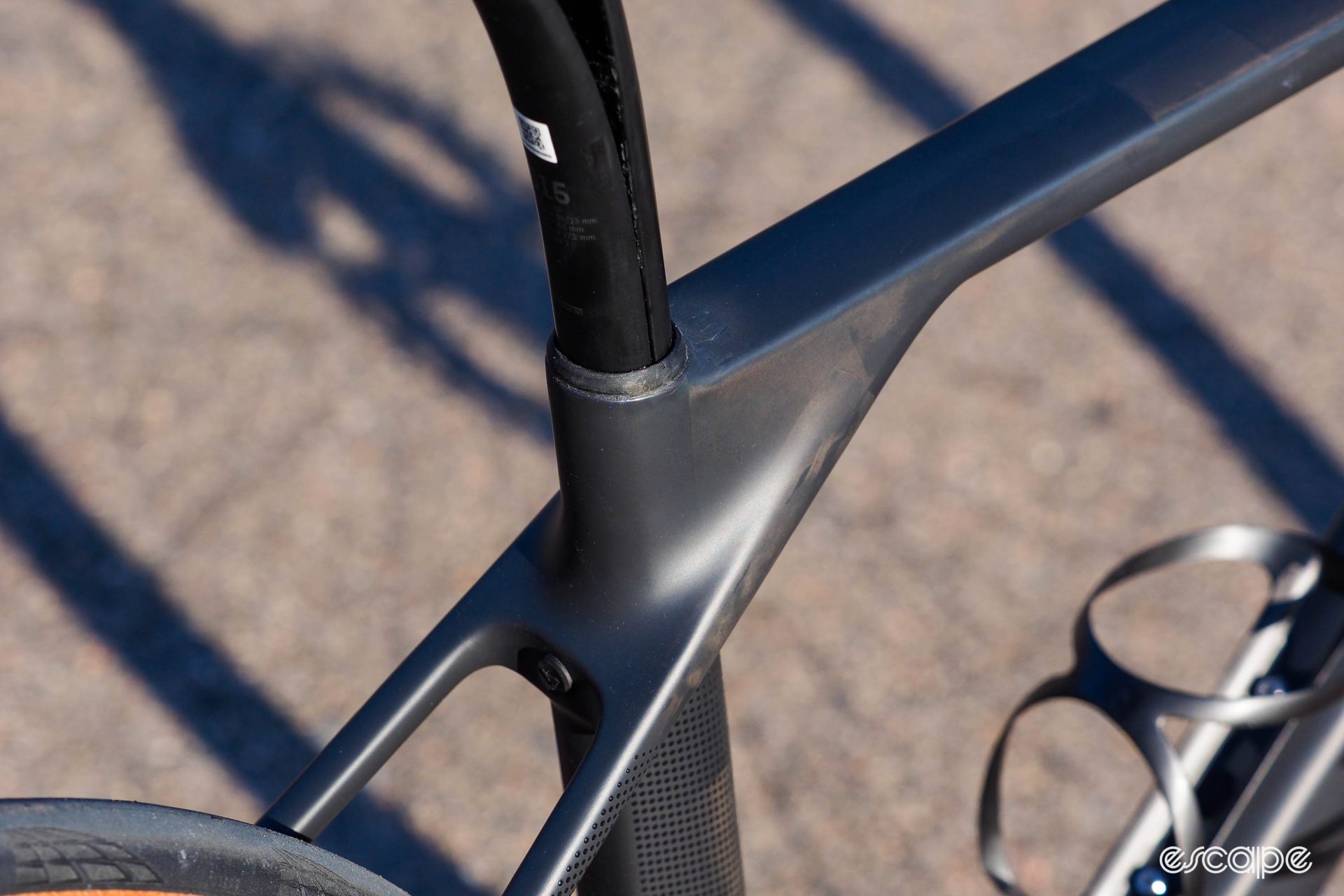
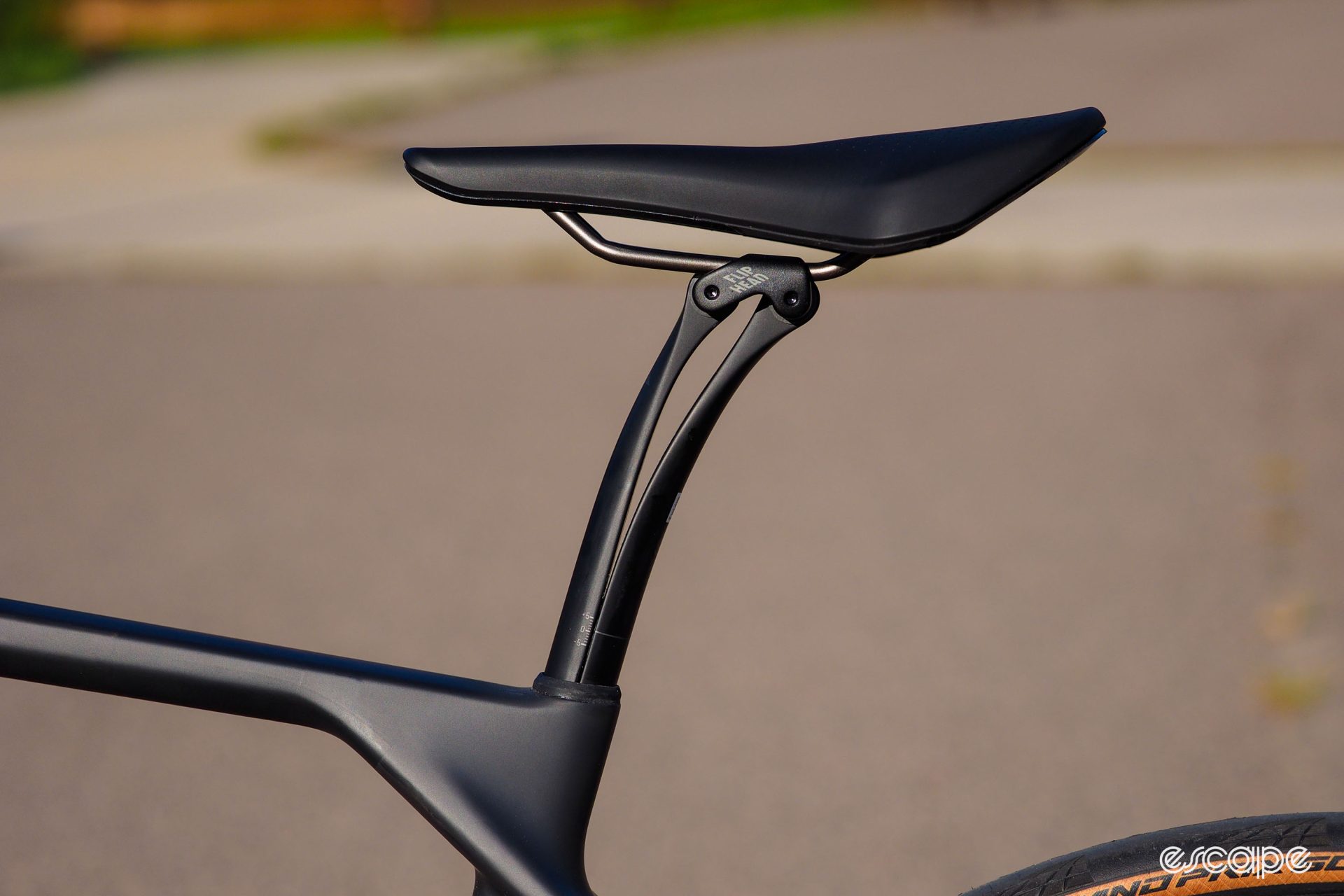
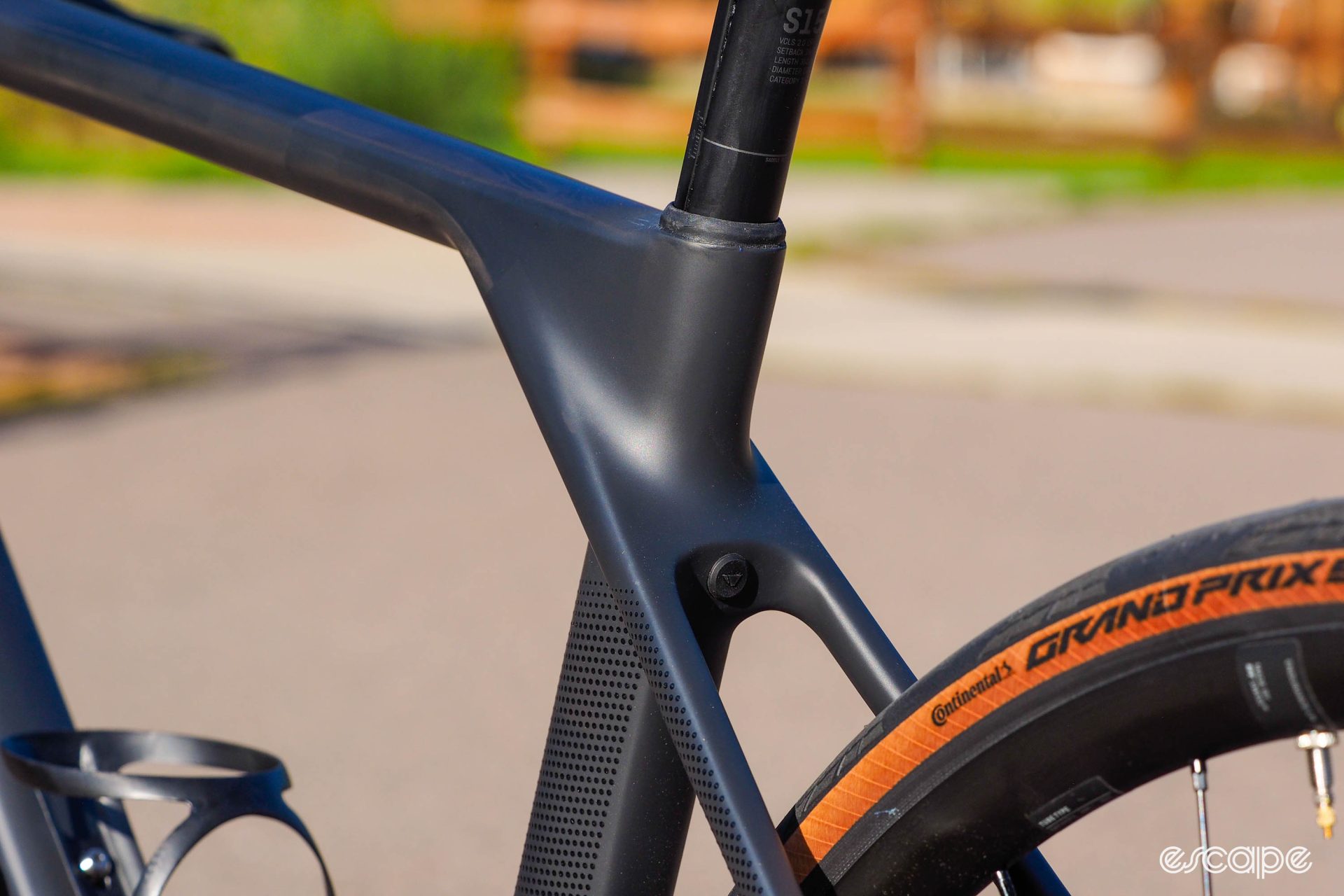
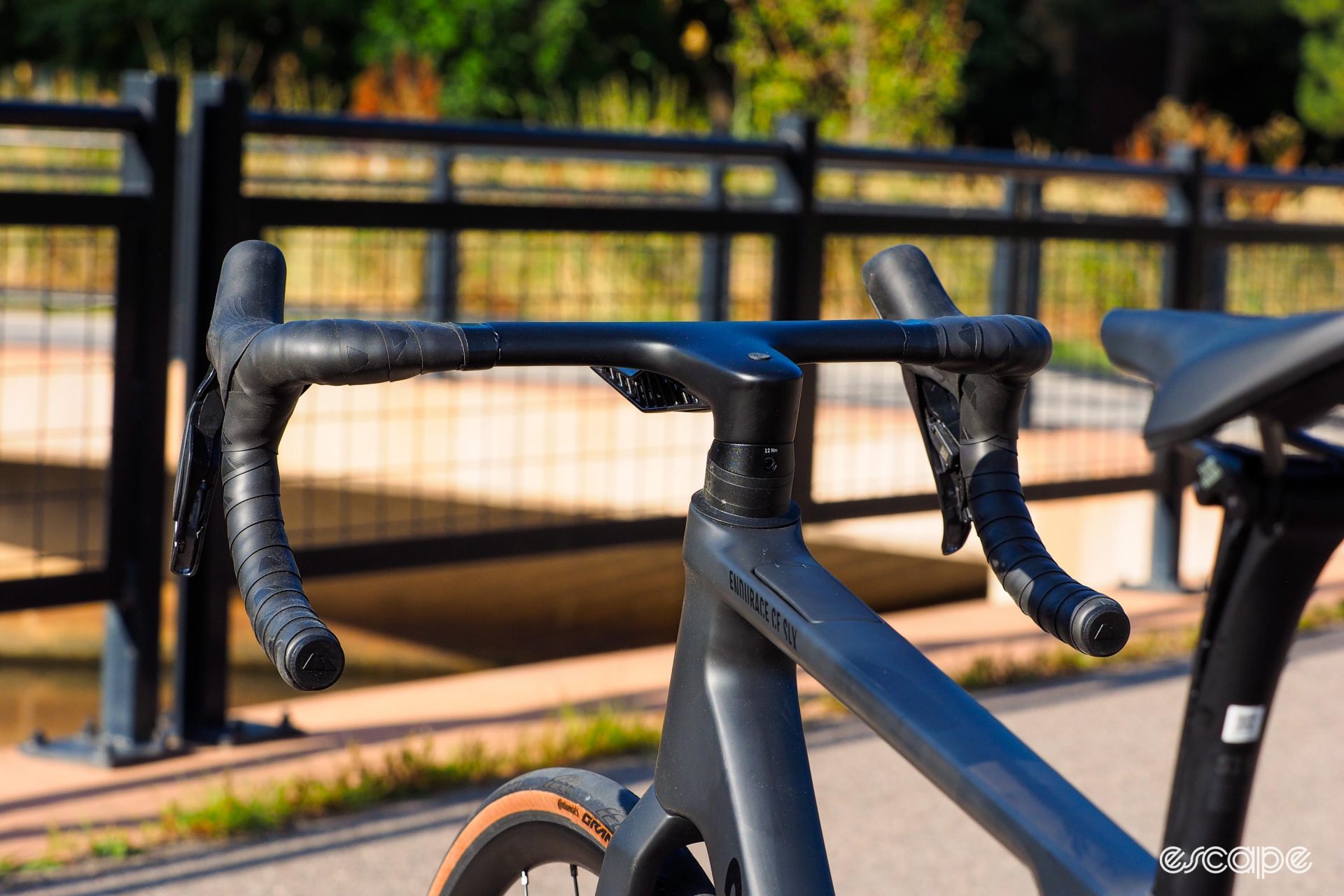
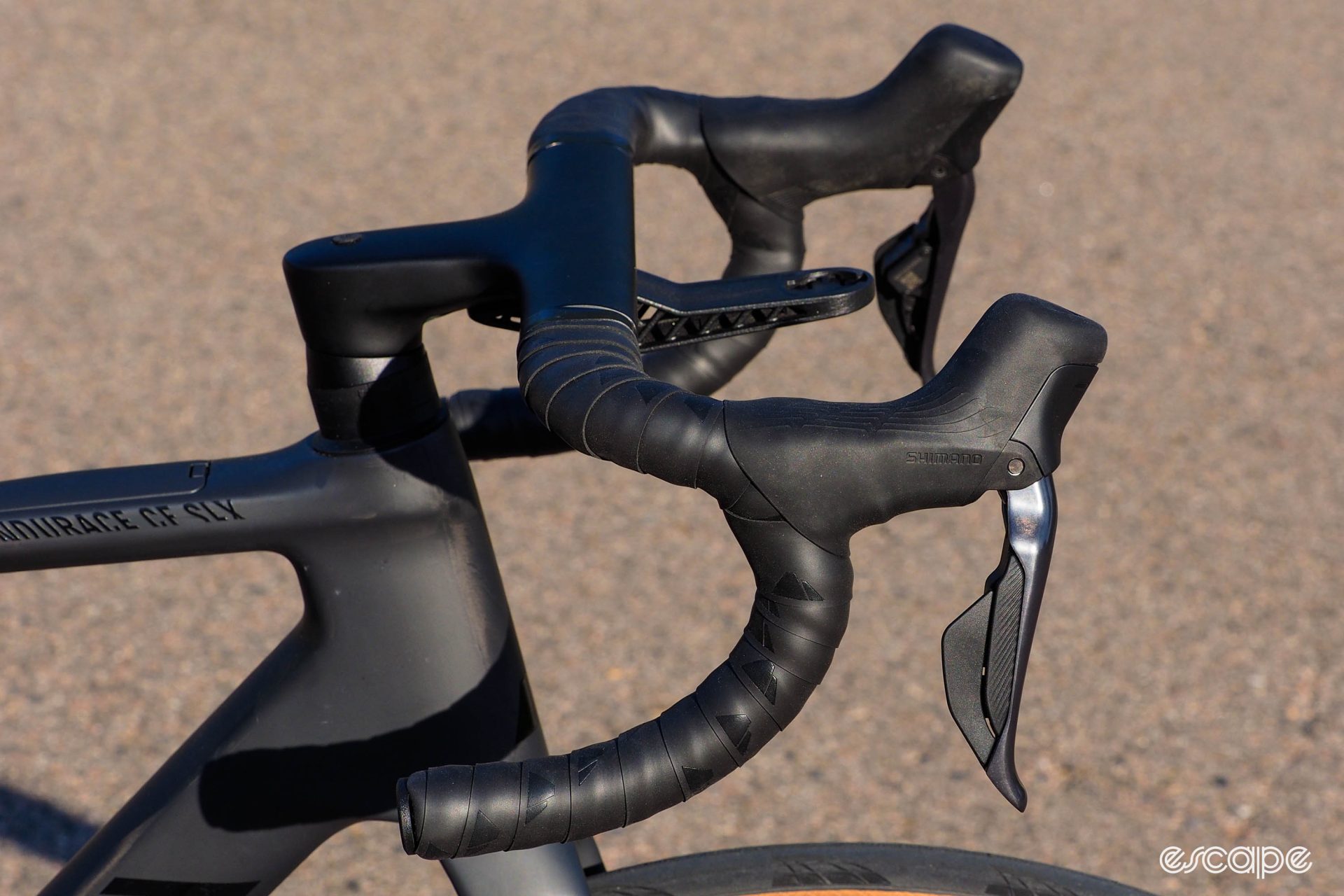
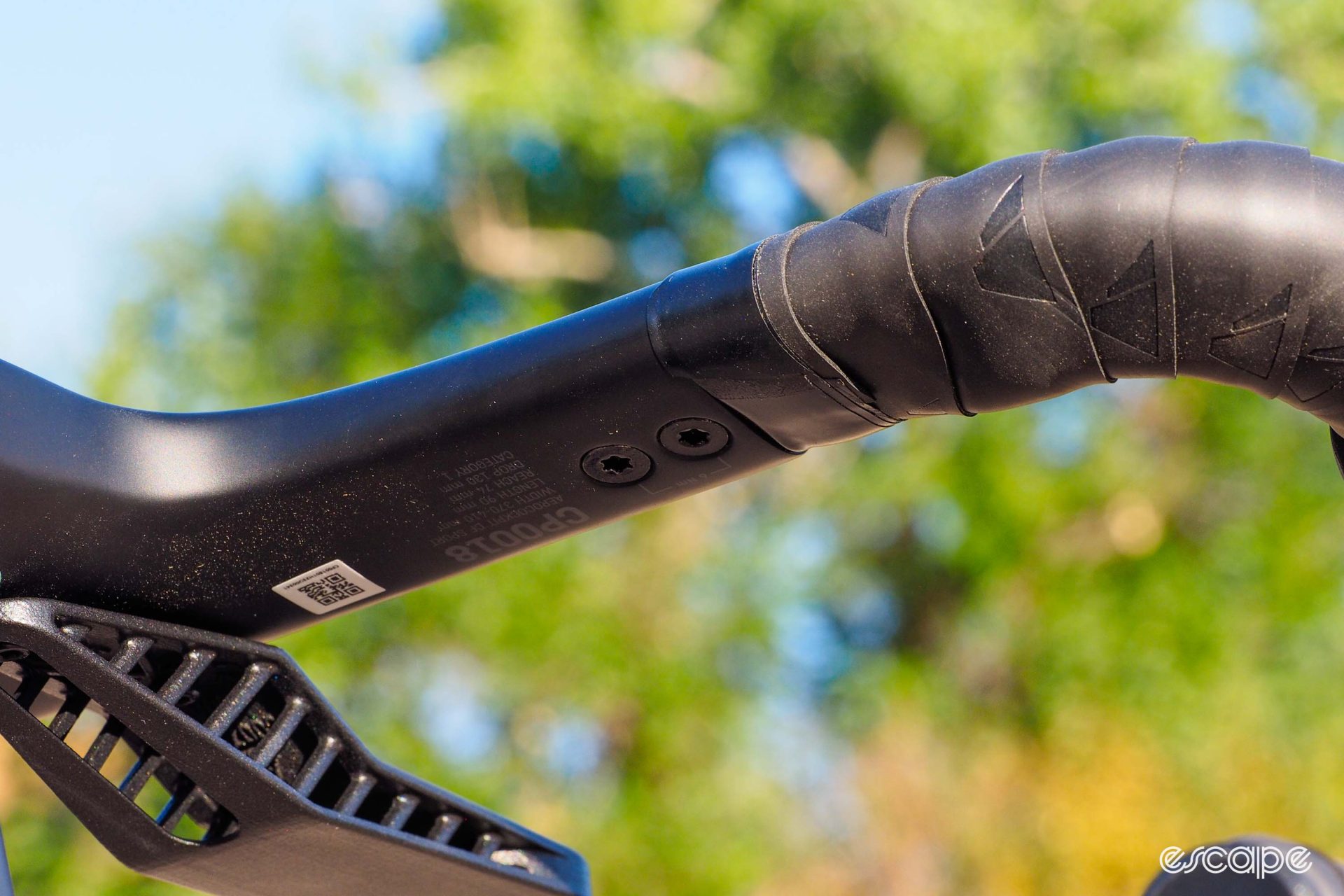
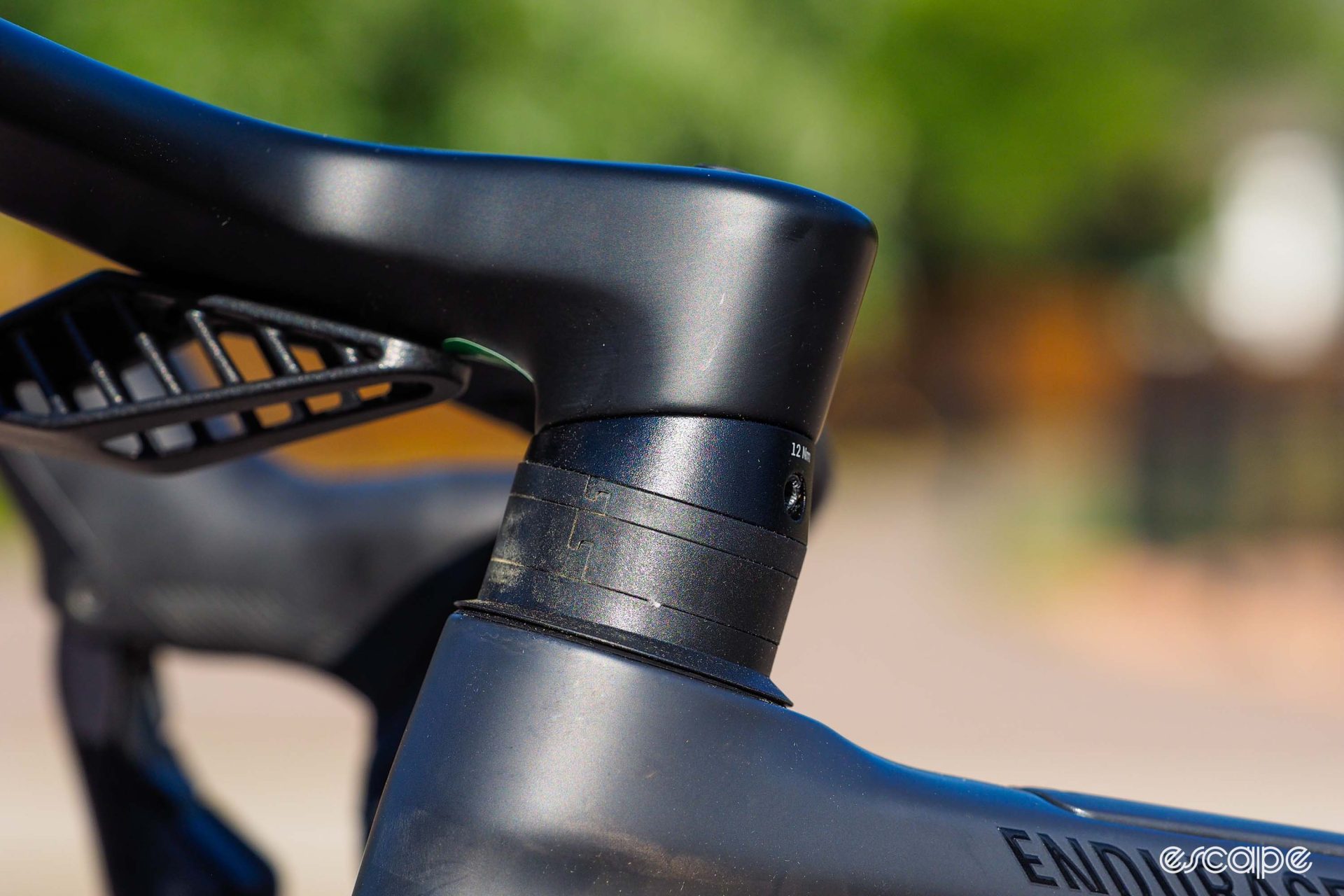
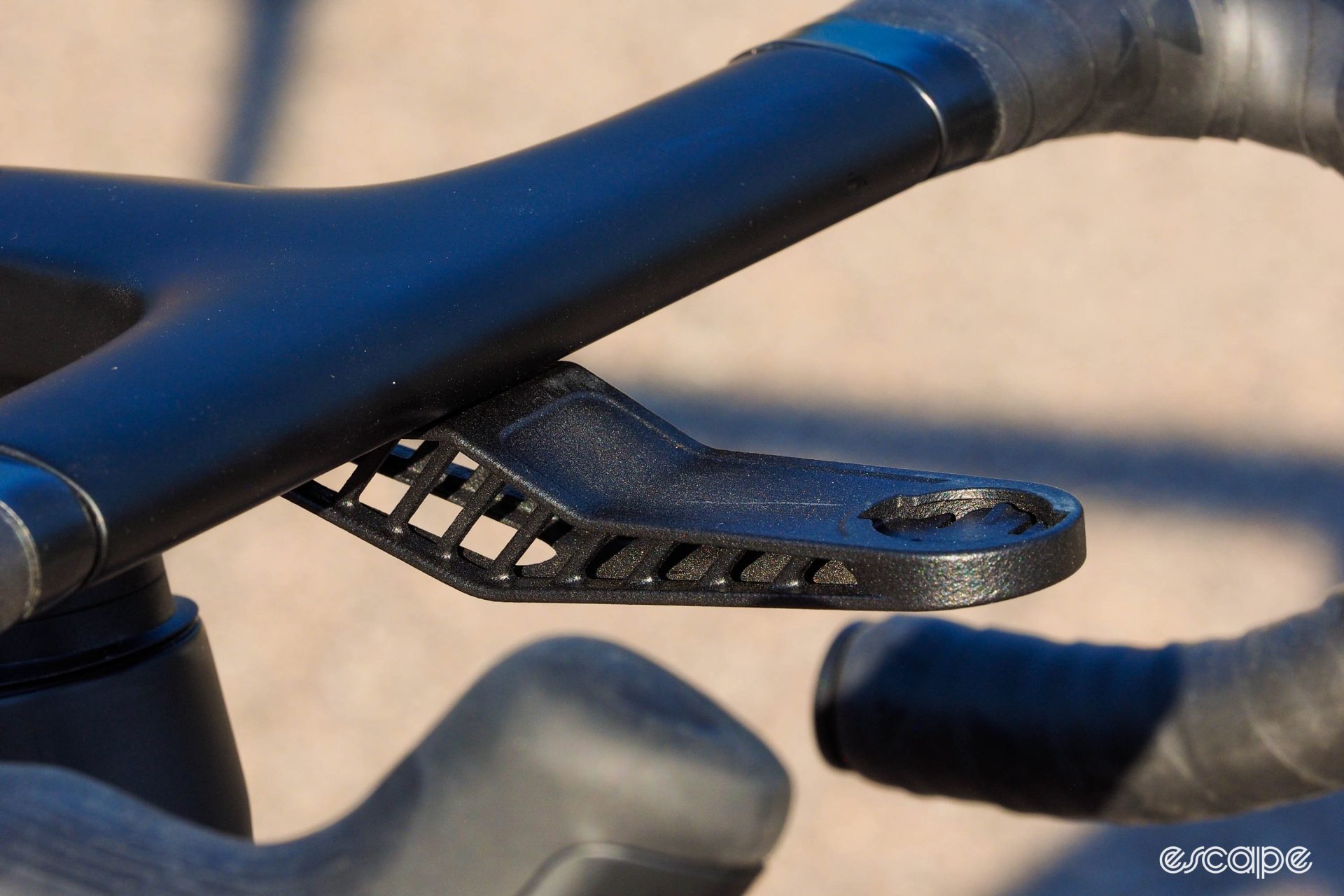
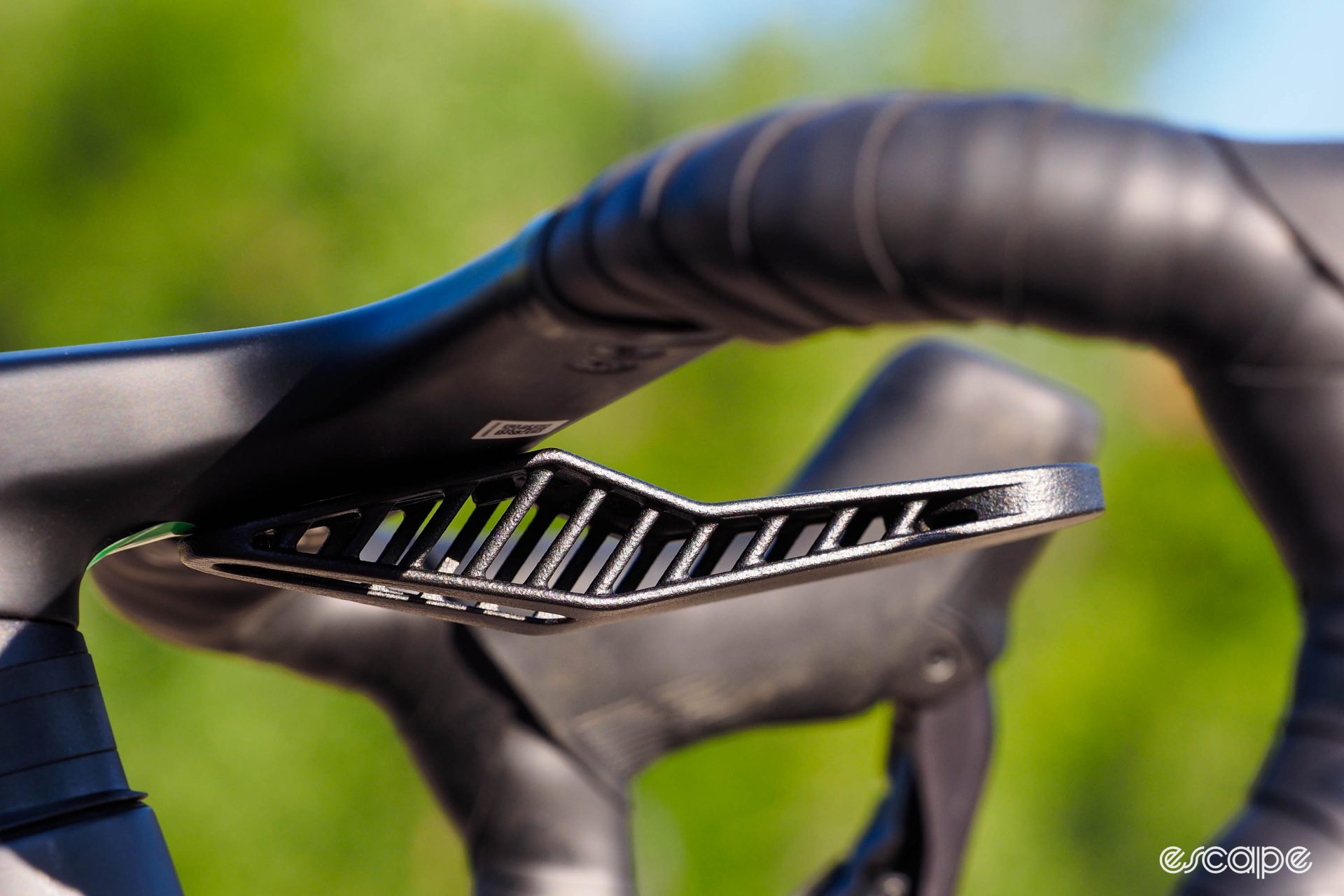

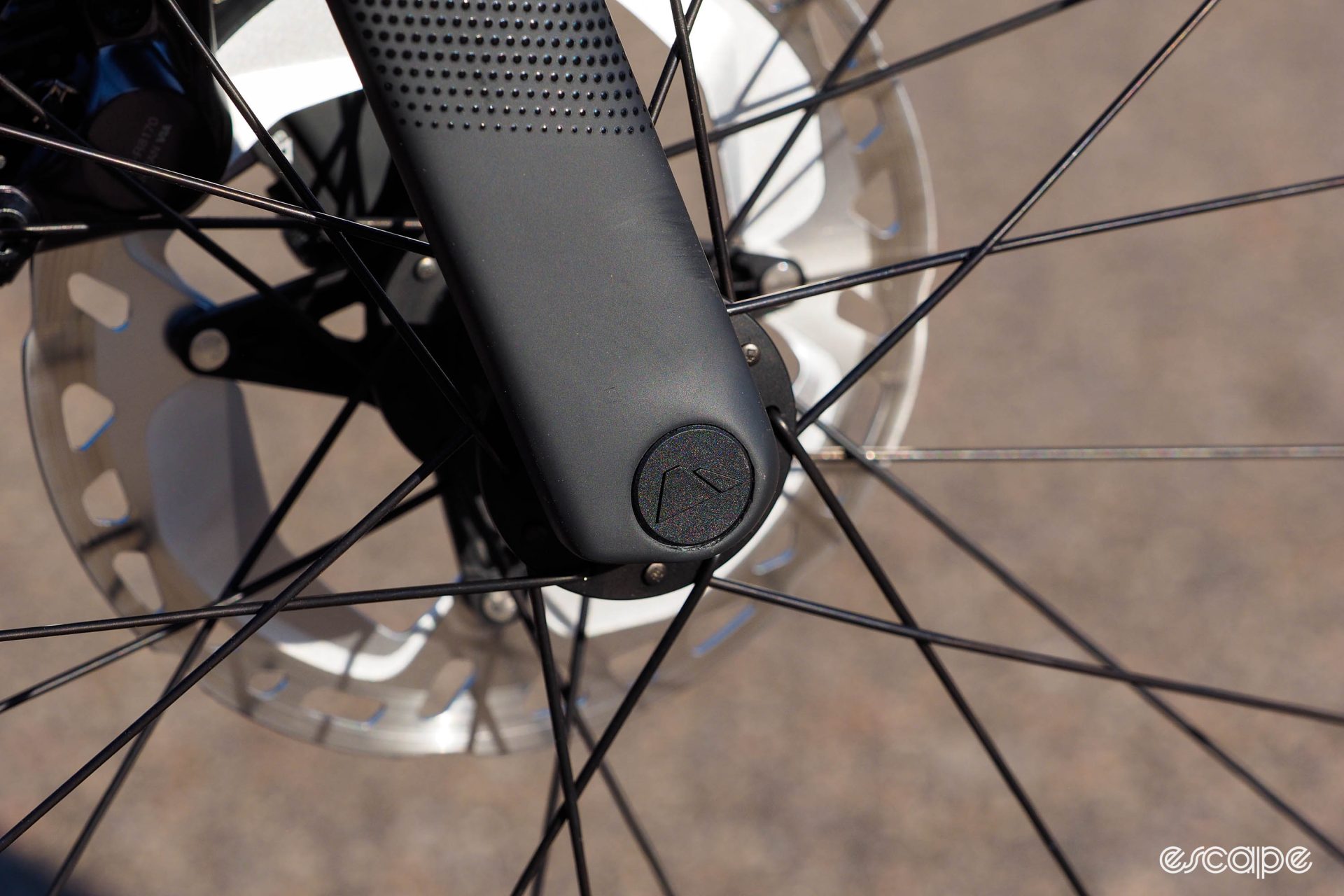
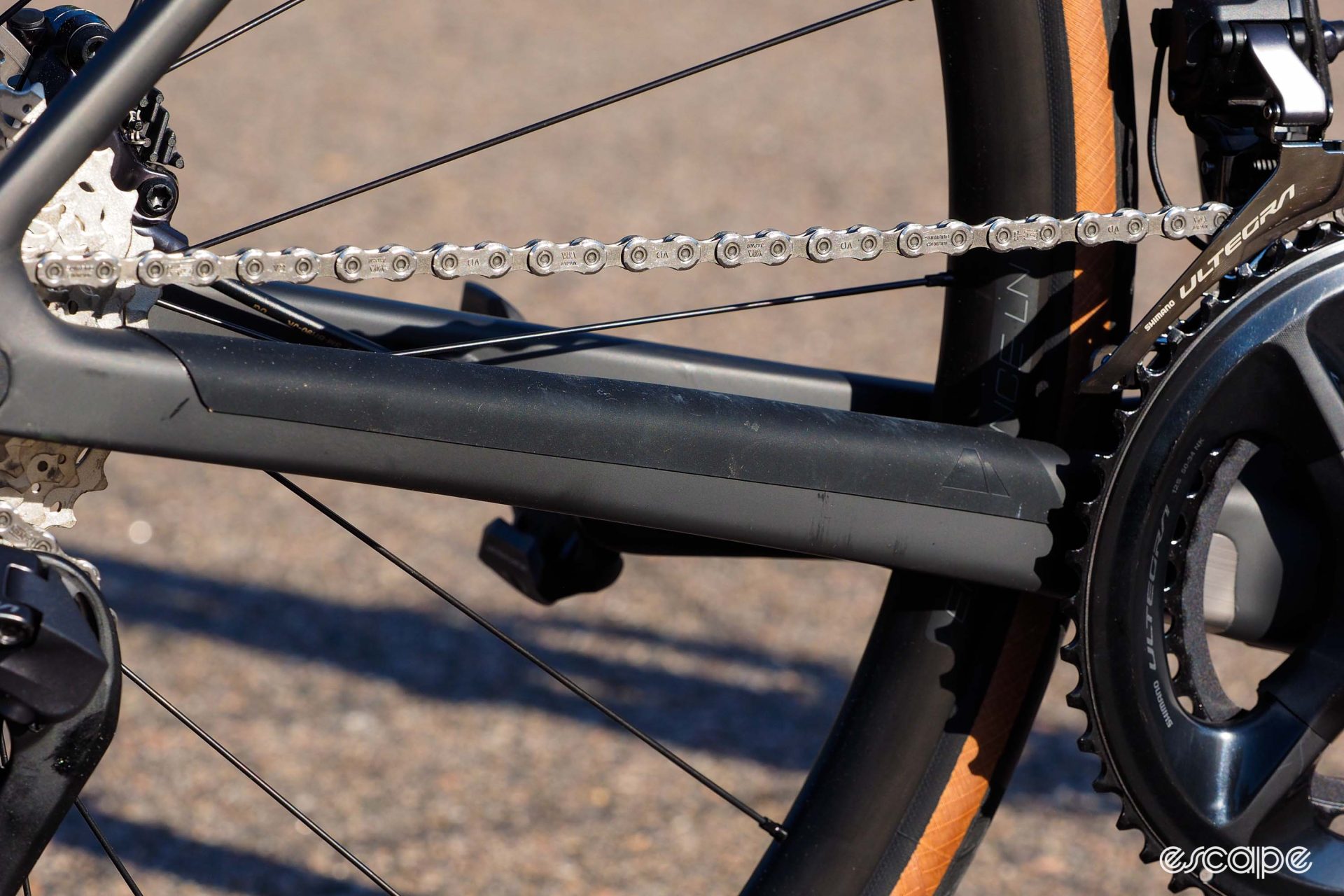
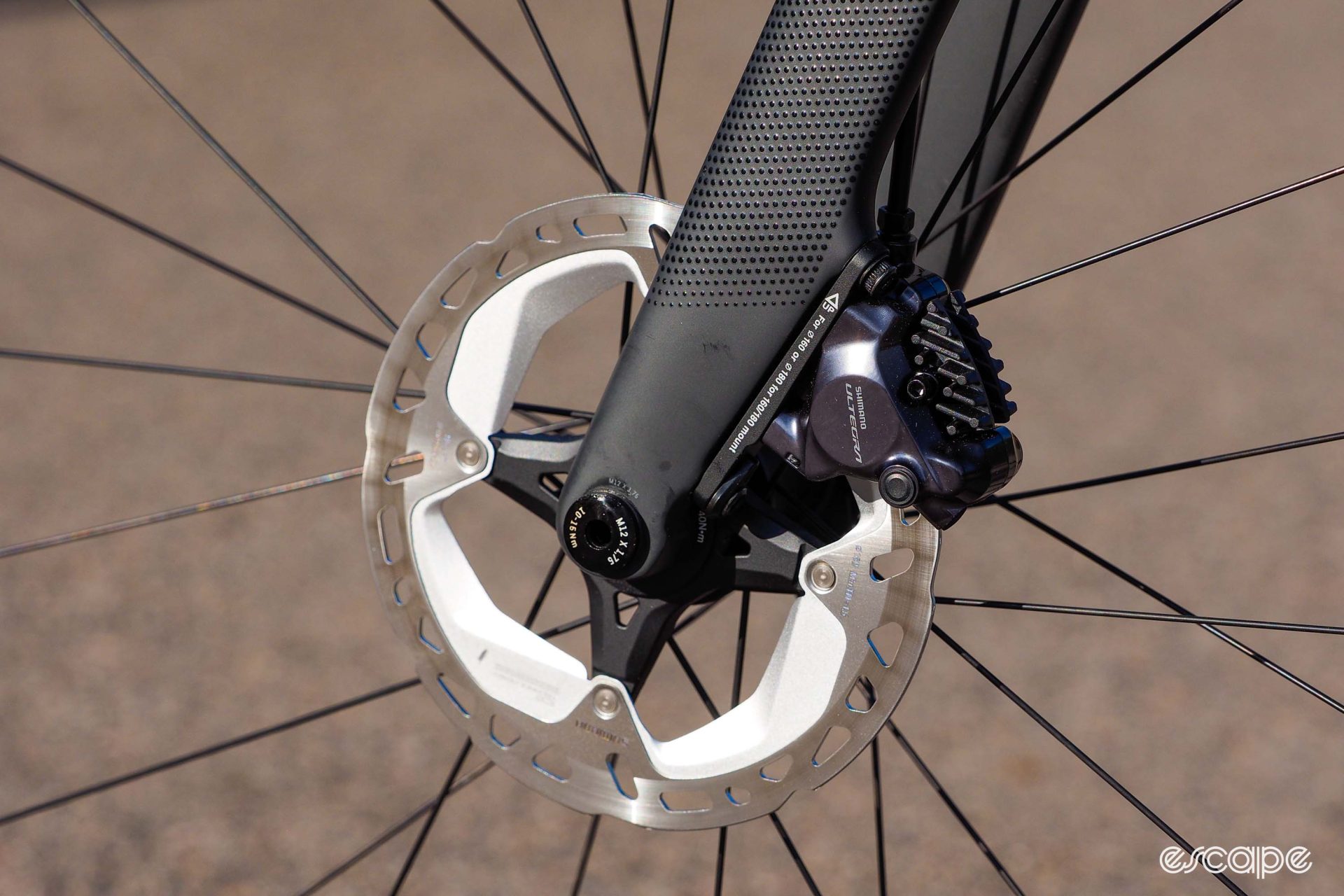
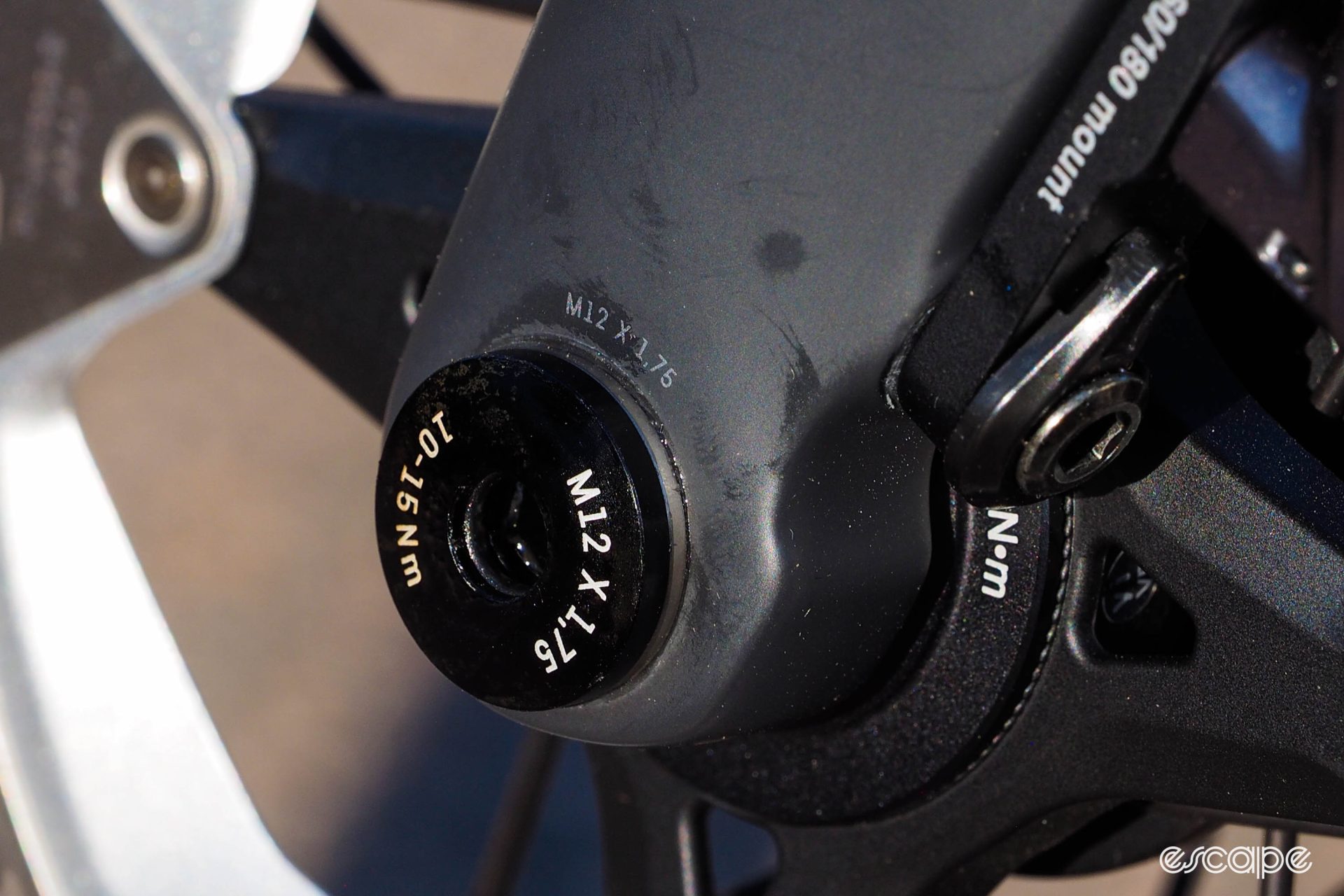
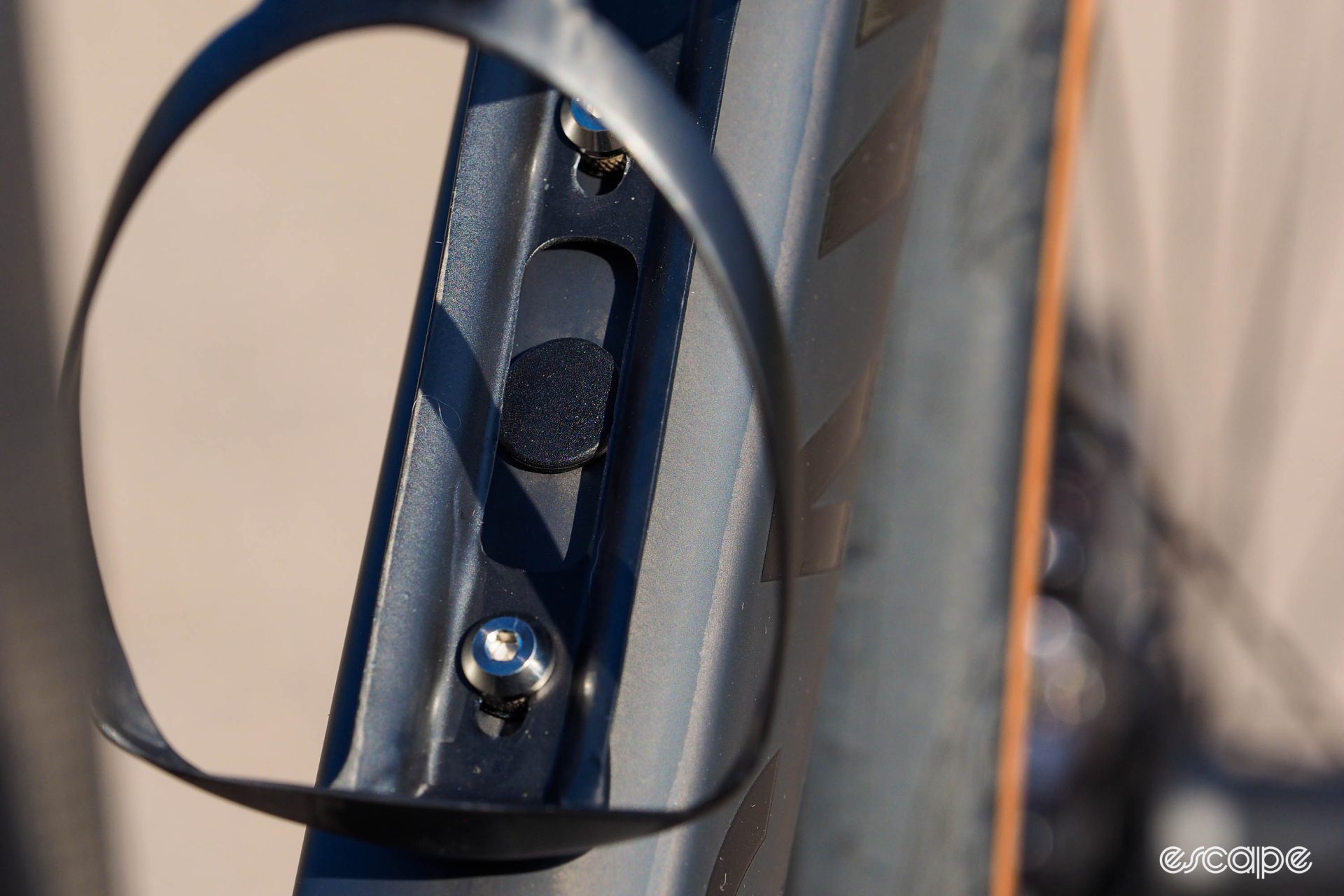
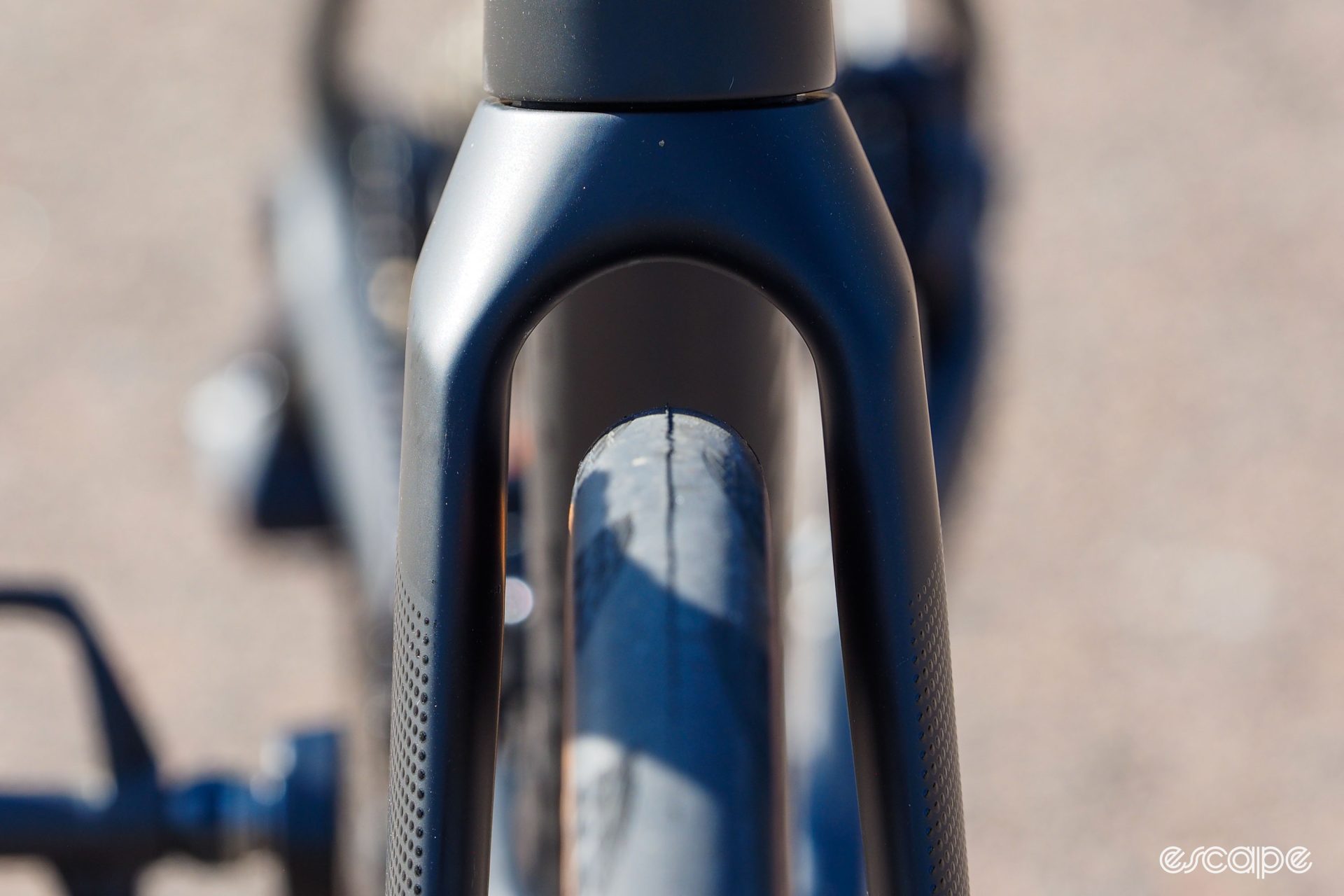

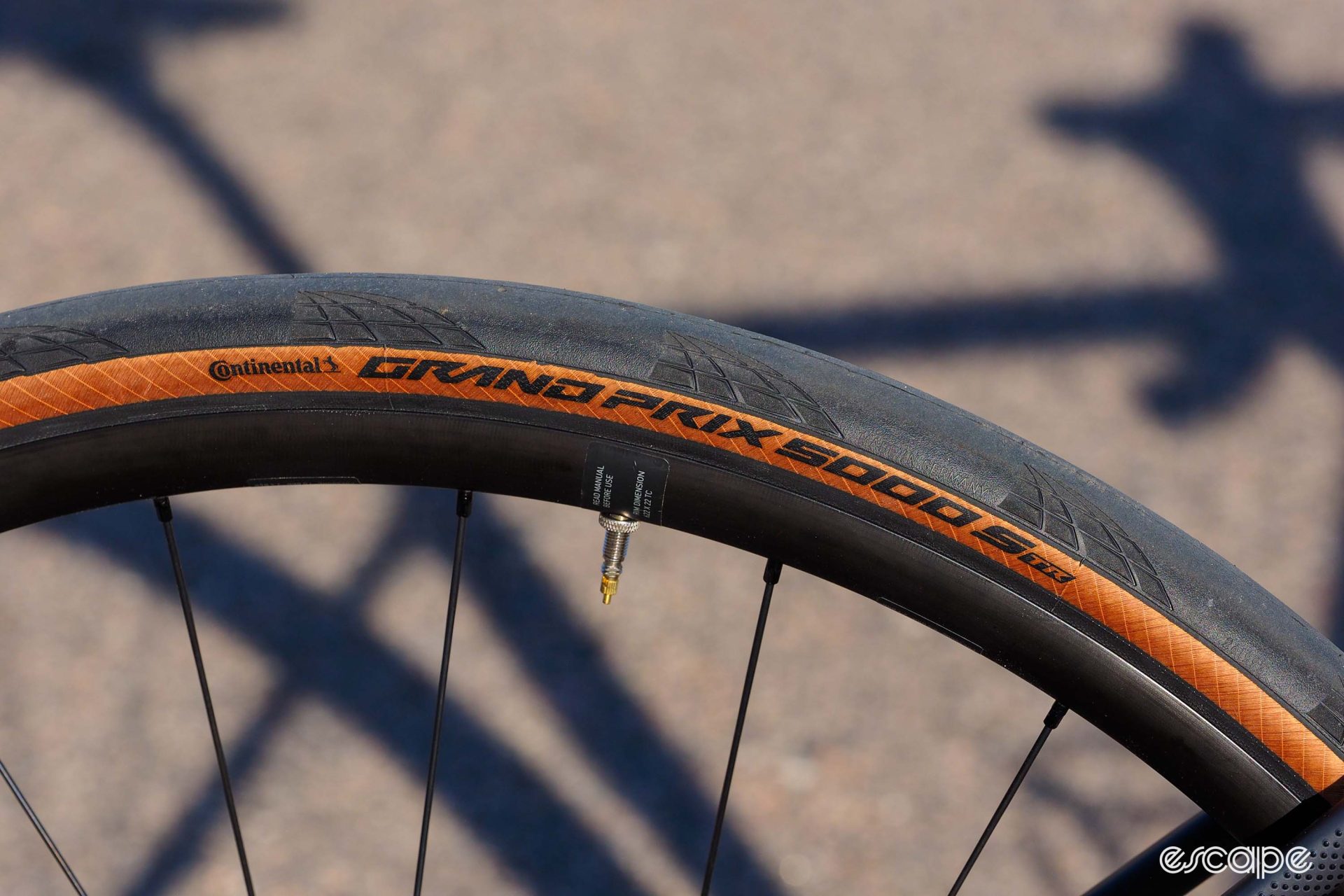
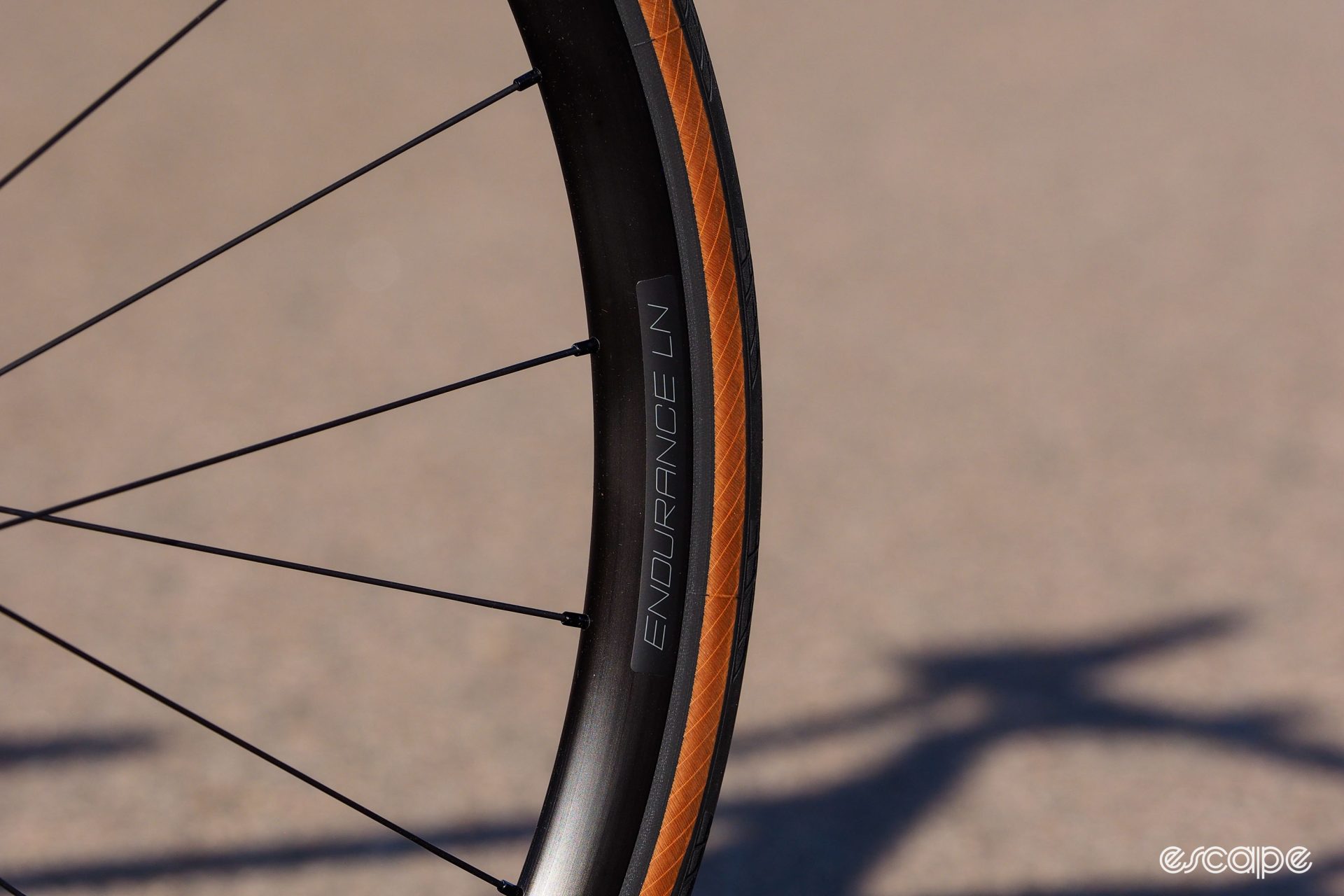
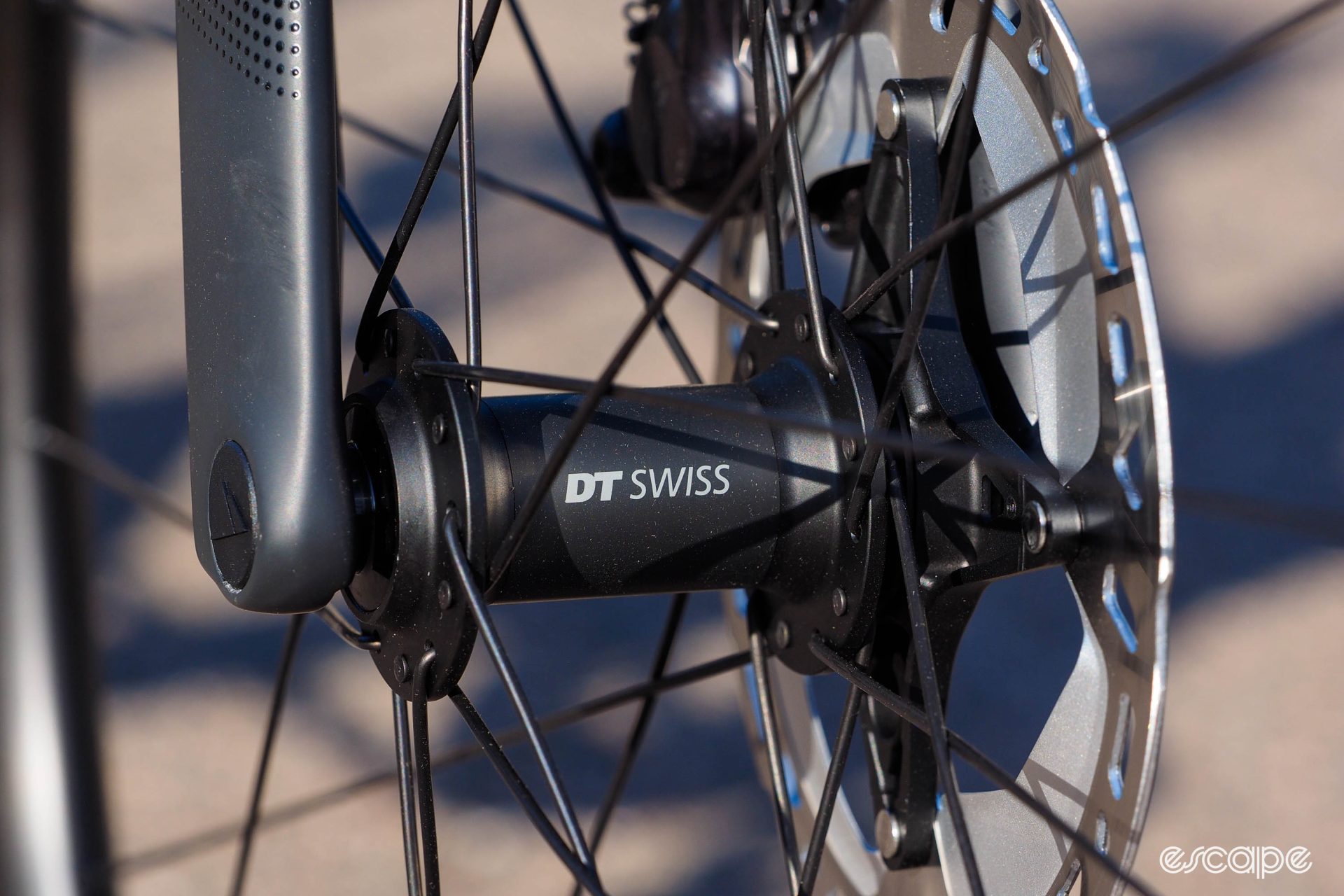

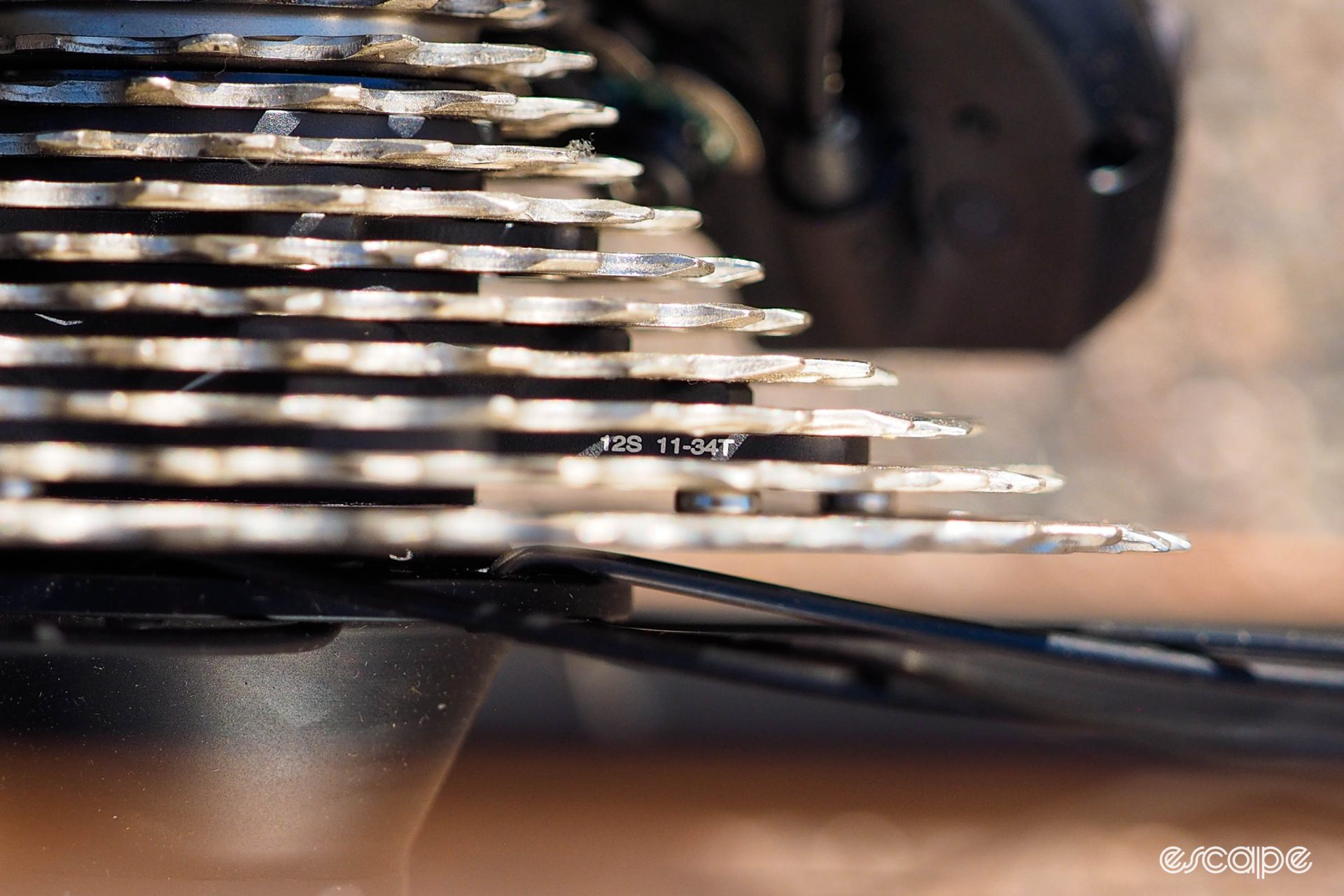
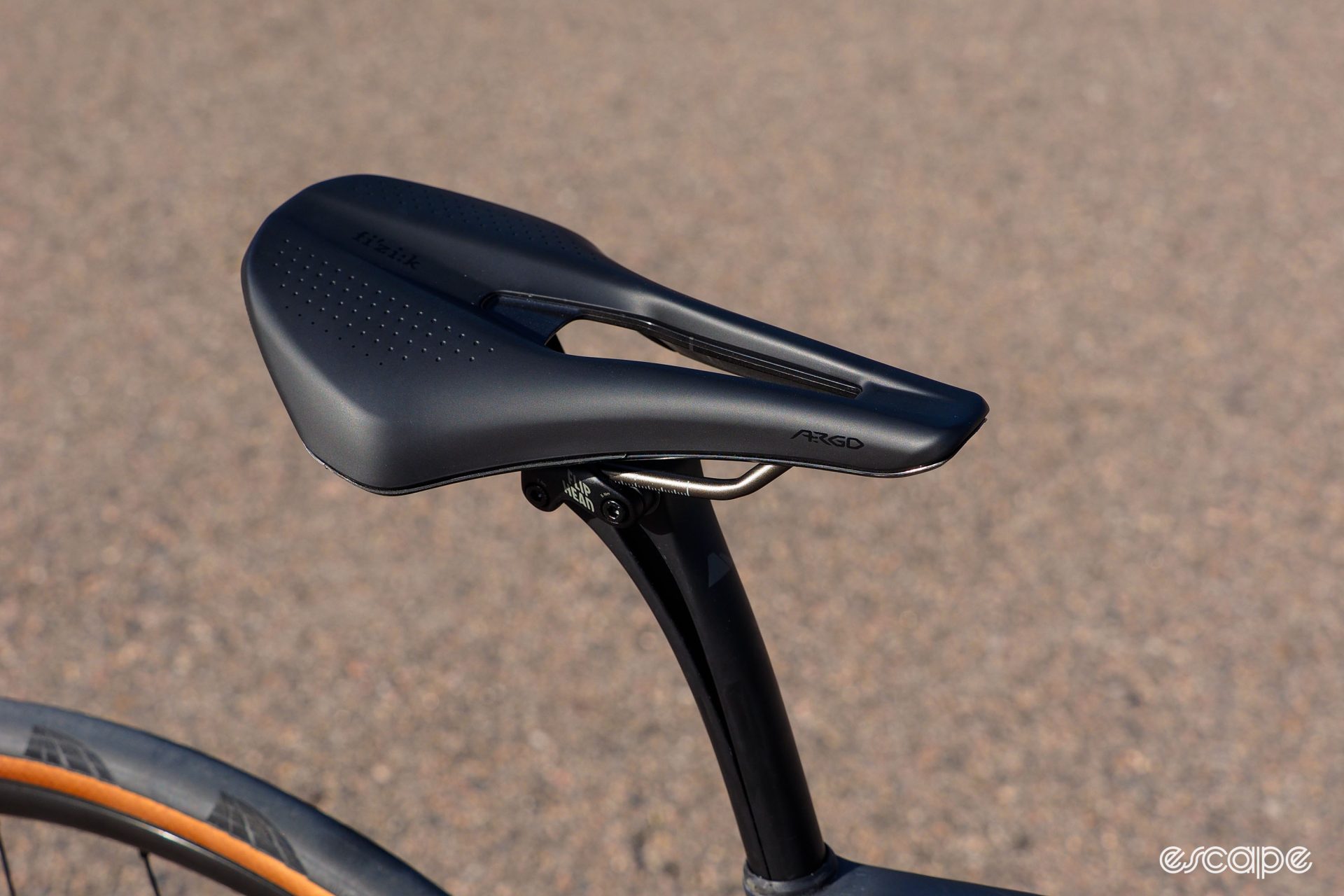
Did we do a good job with this story?

